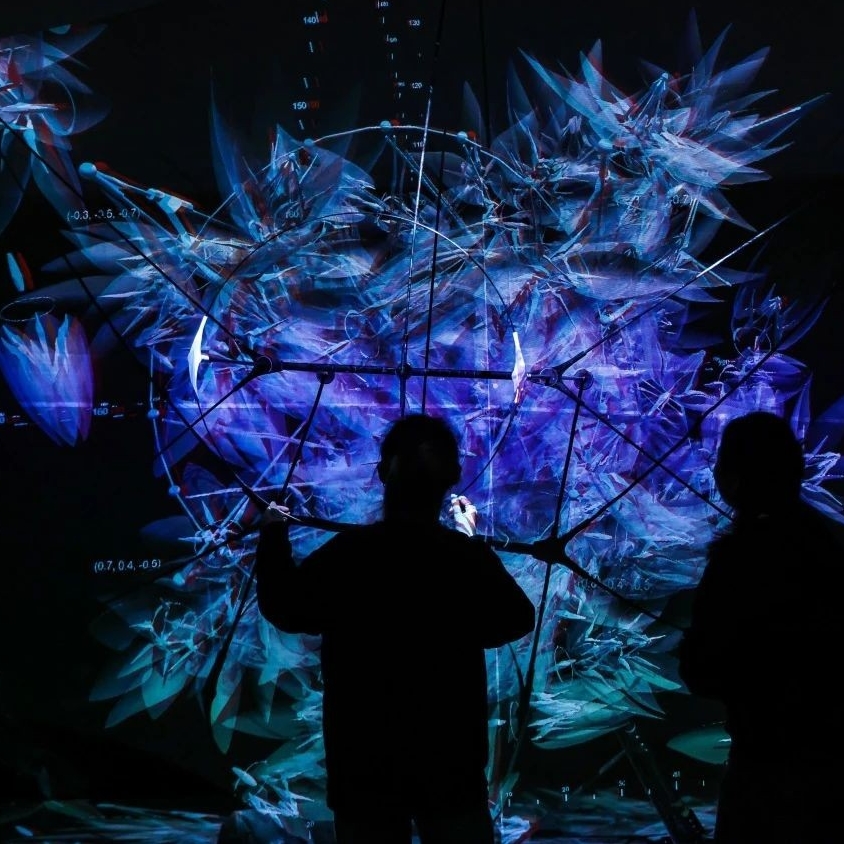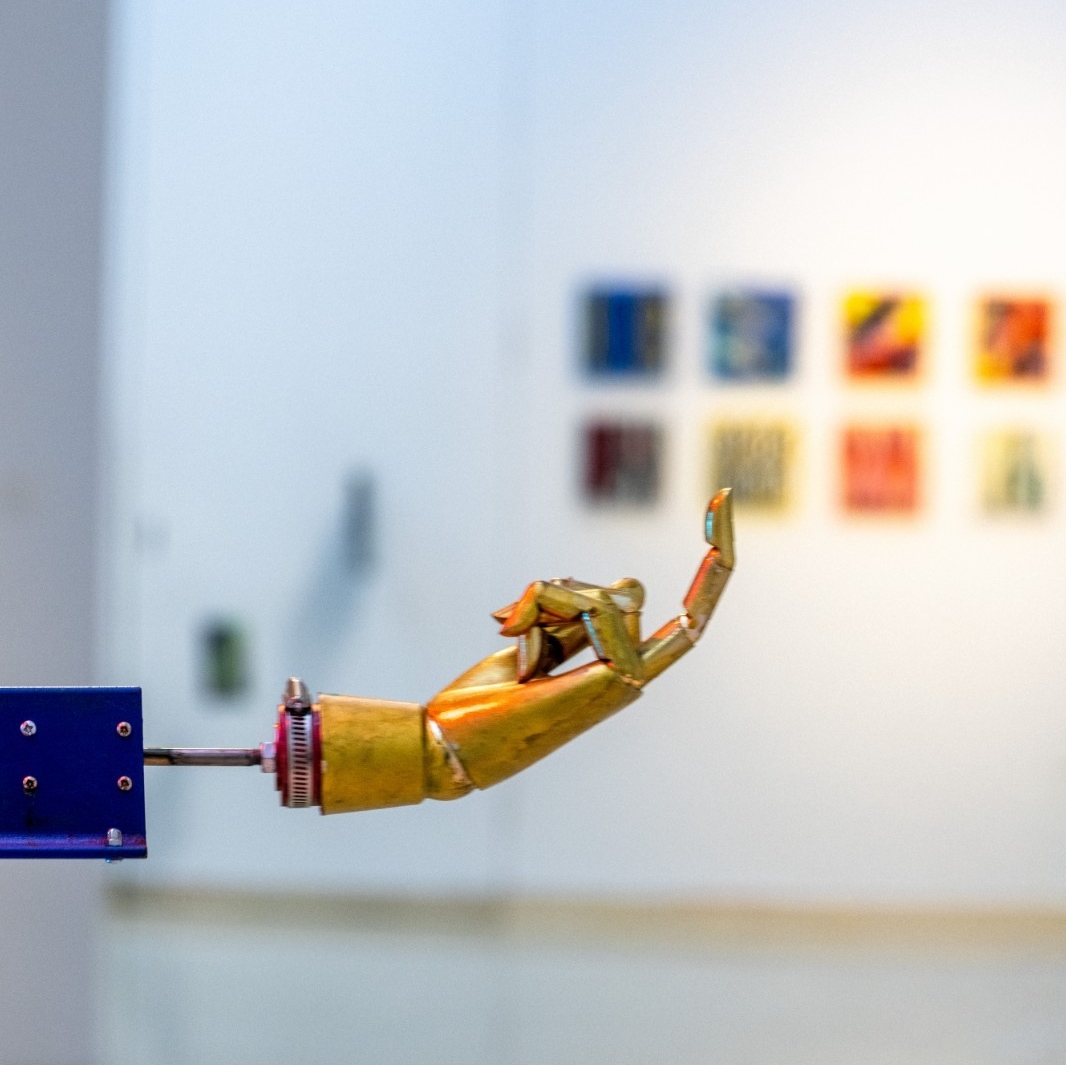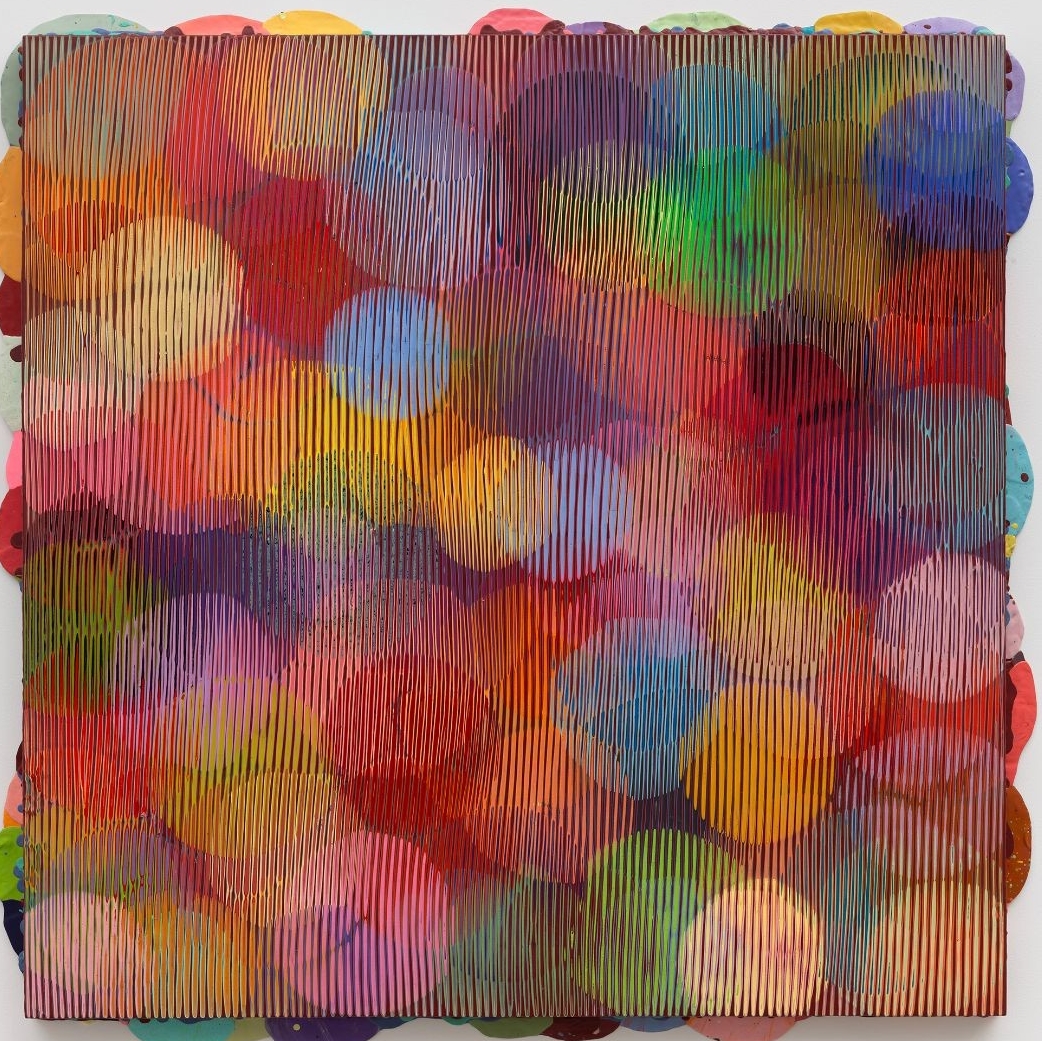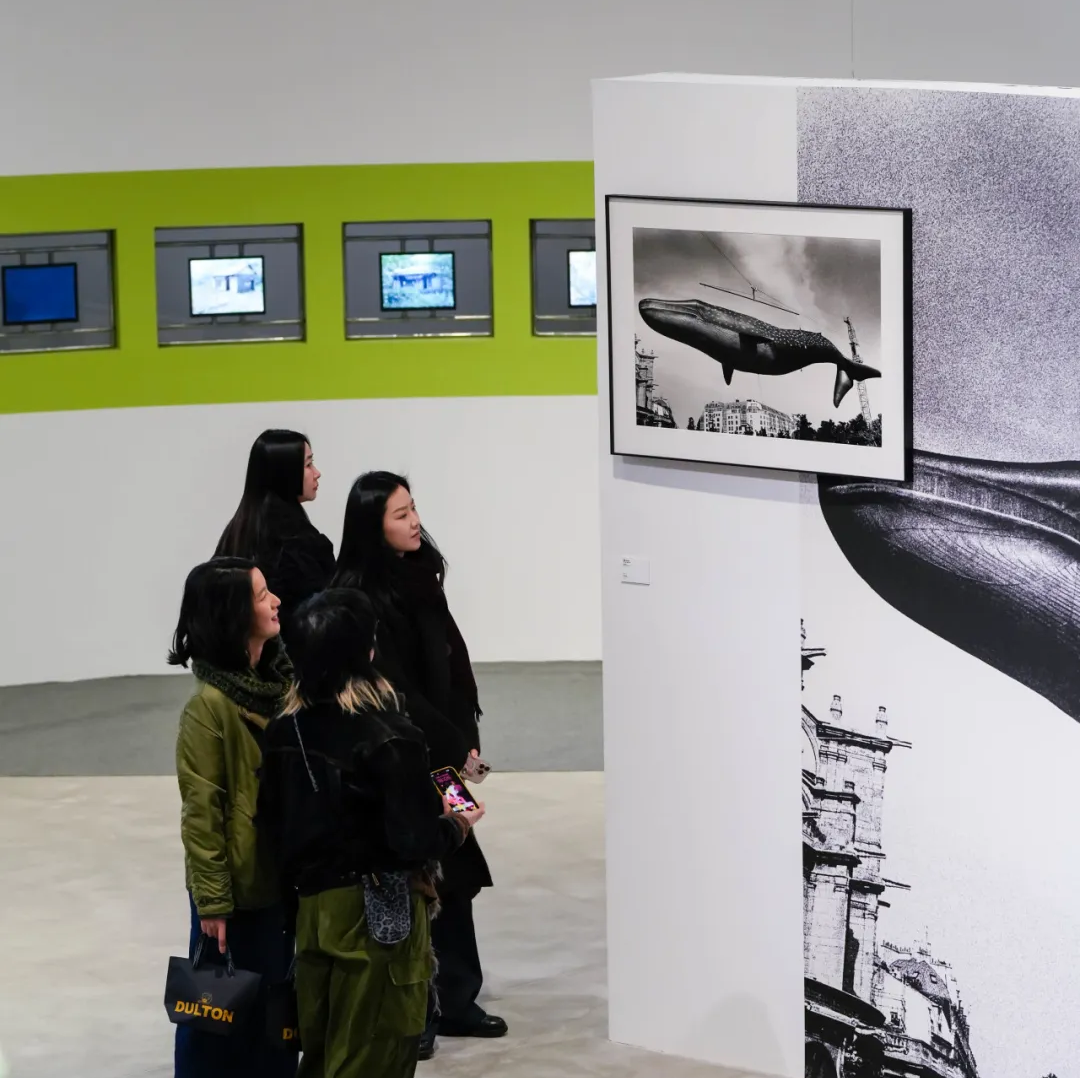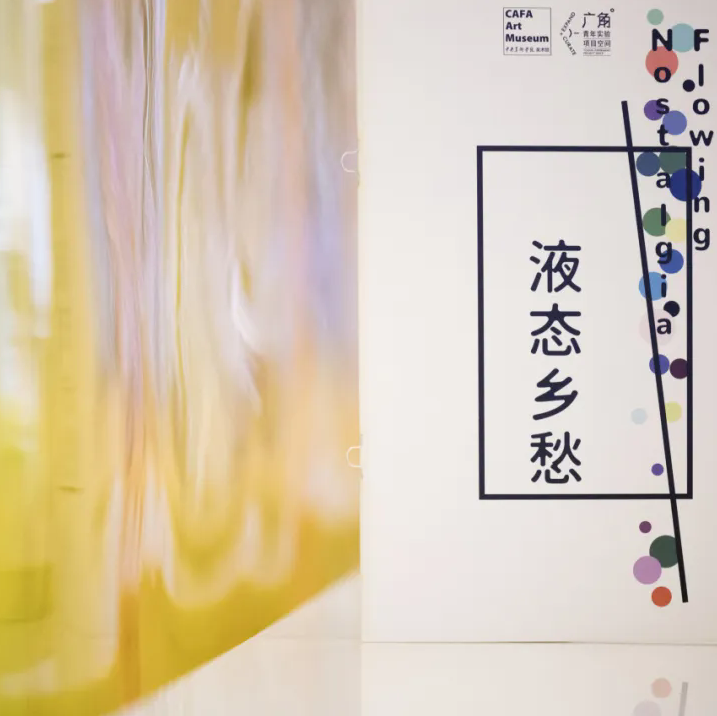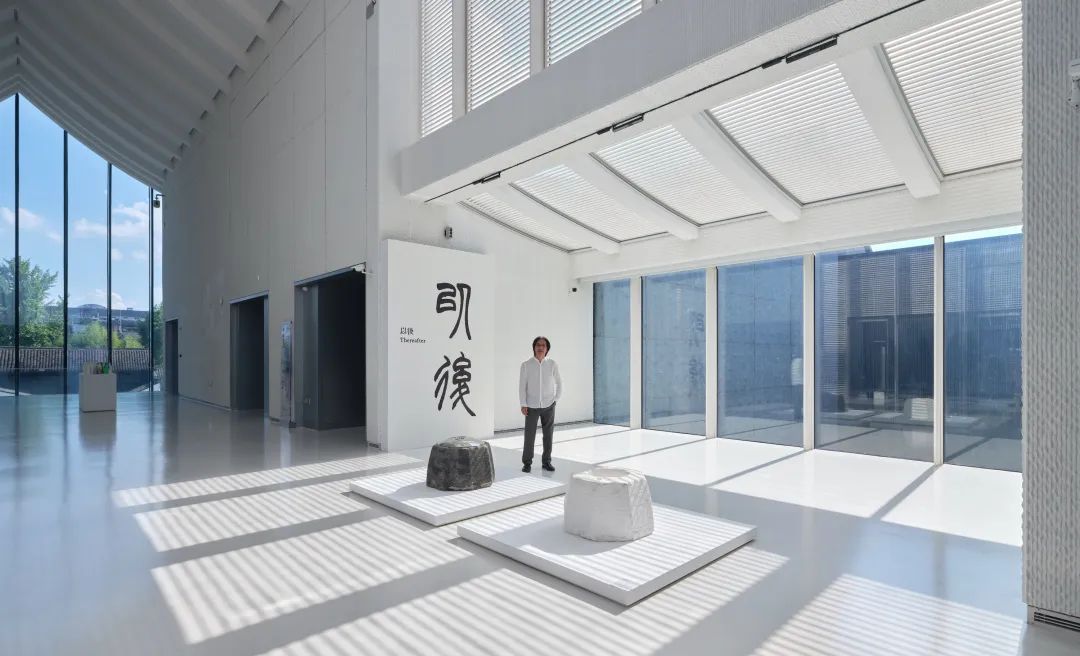
Wang Tiande stood at the lobby of “Thereafter: Wang Tiande Art Exhibition” at Xu Wei Art Museum, 2024
On July 31, 2024, “Thereafter: Wang Tiande Art Exhibition” was unveiled at the Xu Wei Art Museum in Shaoxing. It is both a heartfelt tribute to Wang Tiande’s hometown and a showcase of his latest artistic creations and collections. Wang Tiande has consistently innovated through dialogues with tradition and with this exhibition features numerous works that pay homage to Xu Wei (1521-1593), he further accentuates his distinctive approach to engaging with and reinterpreting classical art traditions.
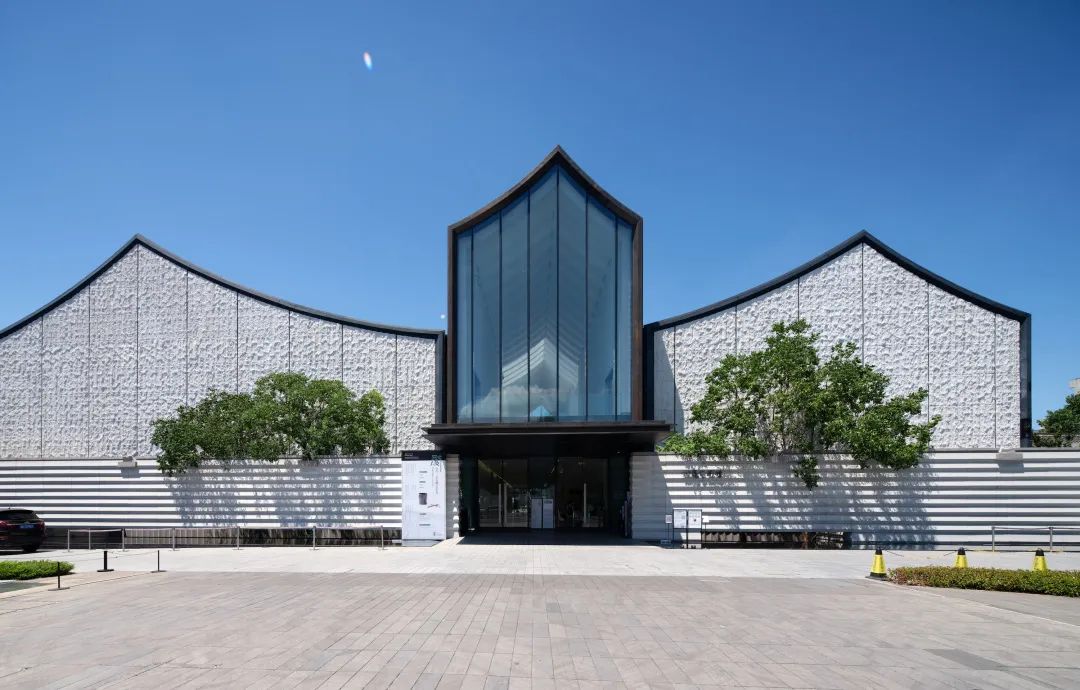
The Exterior of Xu Wei Art Museum, 2024
Being the largest exhibition throughout Wang Tiande’s career, “Thereafter” brings together 67 representative artworks over the past 40 years, including paintings, calligraphy, photography, installations, sculptures, 3D printing and other creative media. It also exhibits several private collections related to his artistic creation in terms of visual atmosphere or spiritual context. The entire exhibition was not unfolded in a linear logic of time, but all the works were arranged according to a new narrative structure, which is divided into seven chapters. The four exhibition halls and the lobby in the middle closely revolve around the theme of “Thereafter”, and they jointly expound on the topic of “How to continue the future of art in a space-time continuum spanning ancient and modern times?”
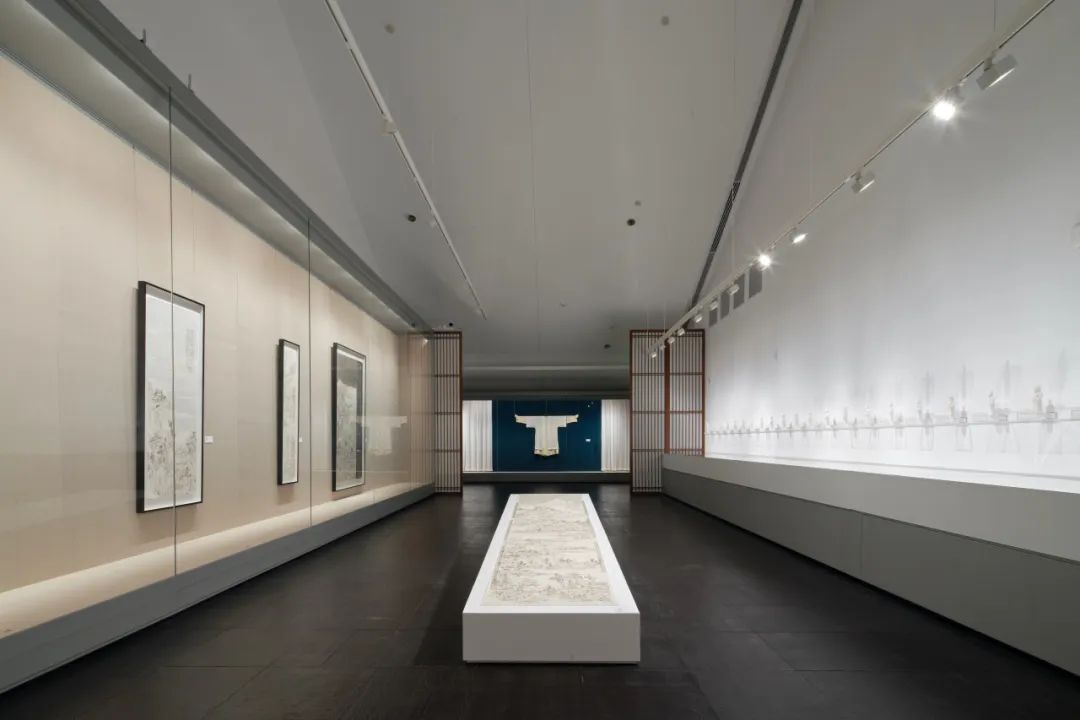
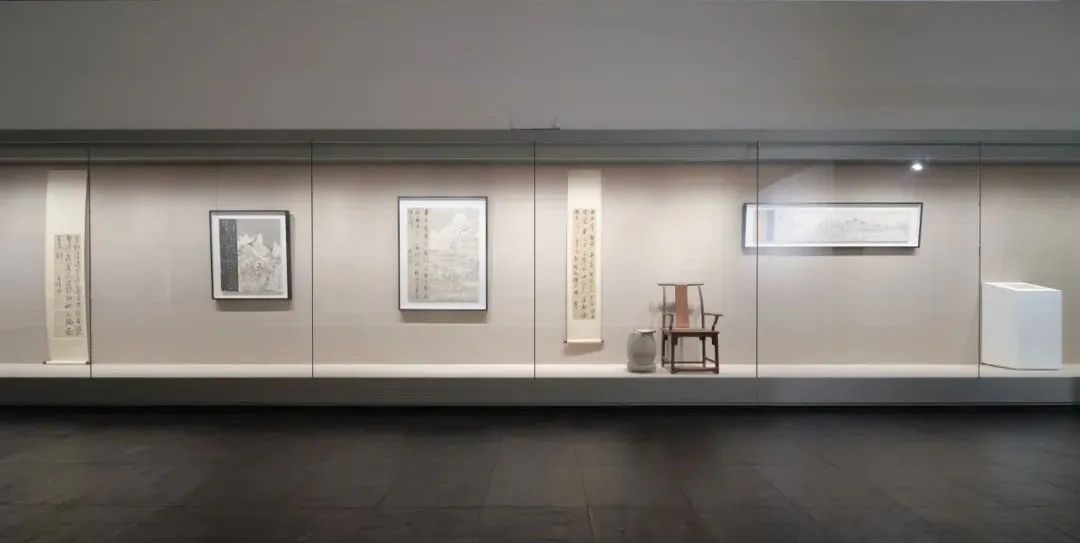
Exhibition View of "Thereafter: Wang Tiande Art Exhibition", 2024
Since the “KAI MEN: Wang Tiande Solo Exhibition” was shown at Today Art Museum in 2014, Wang Tiande has paid great attention to presenting the relationship between his works and architecture, space and region. Over the past 20 years, Wang Tiande has held several solo exhibitions in different museums, art museums and galleries at home and abroad, including both classic buildings and modern white space. In addition to the creation of new works, he has also participated in the planning the layout of his works for his solo exhibitions. He investigated the history, humanities and geography of the exhibition venues several months in advance, while combining its locality and the characteristics of the architectural space itself, he got inspired by various factors and created on the scene. The entire exhibition almost becomes his another “big creation.”
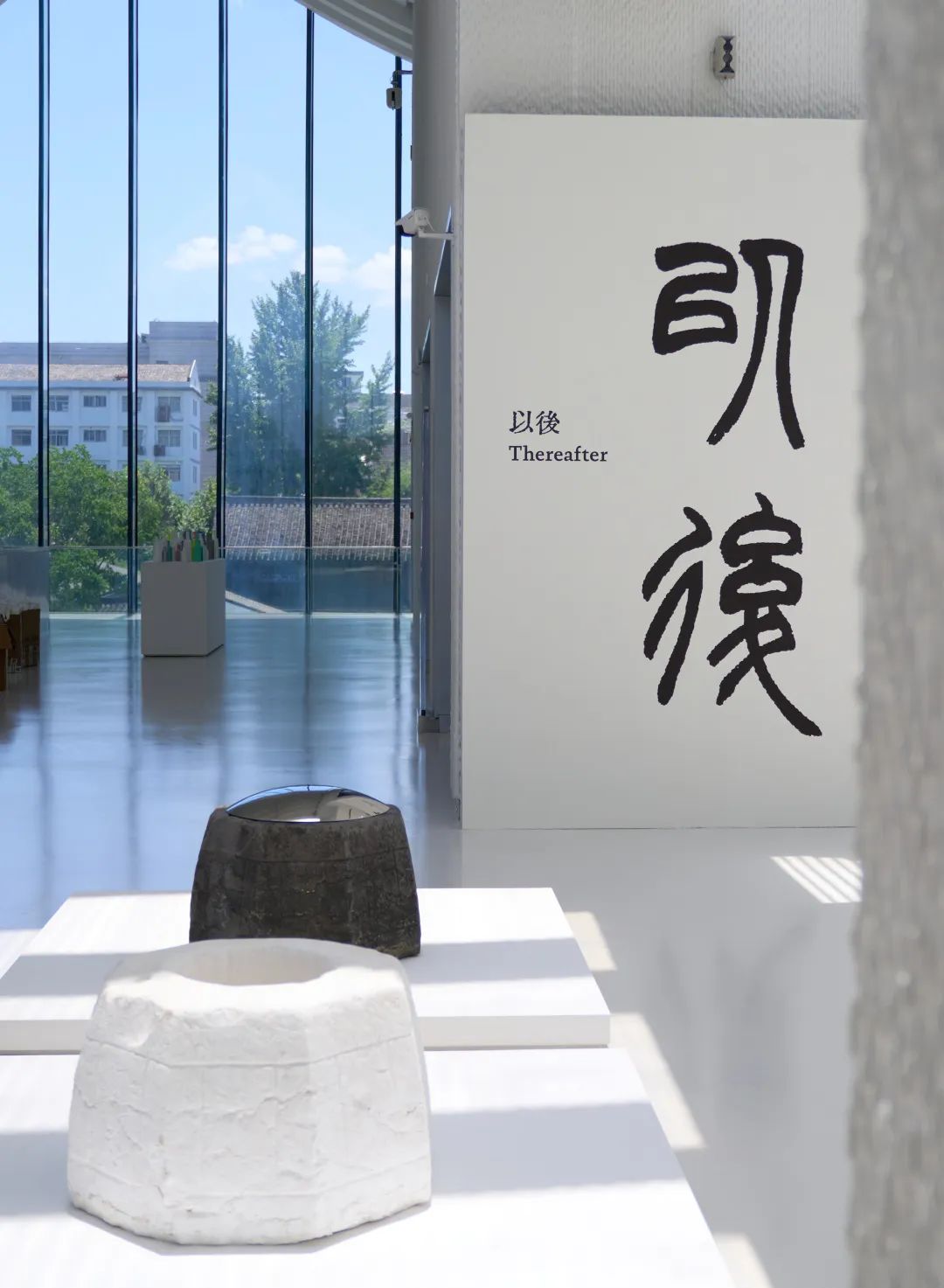
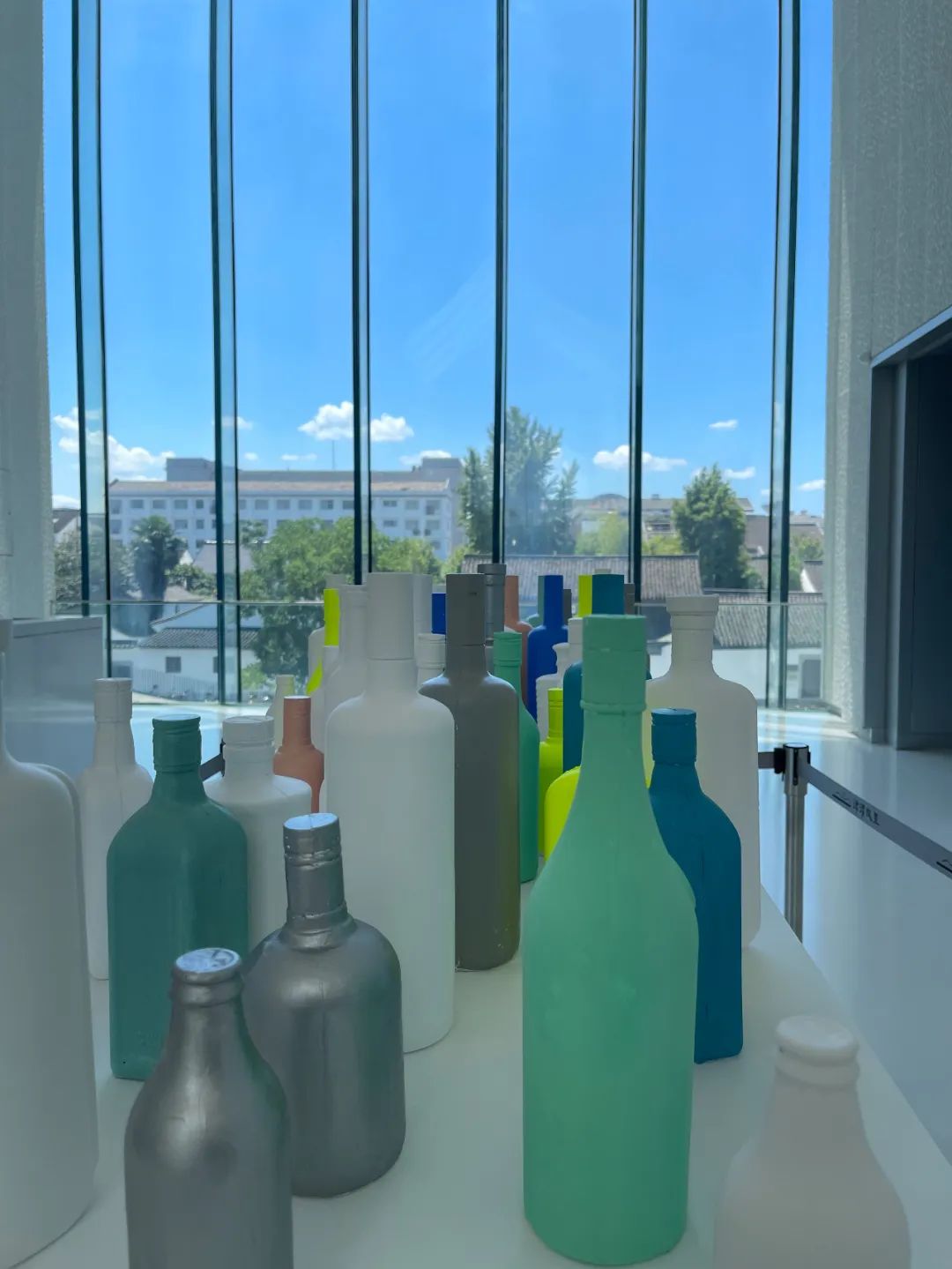
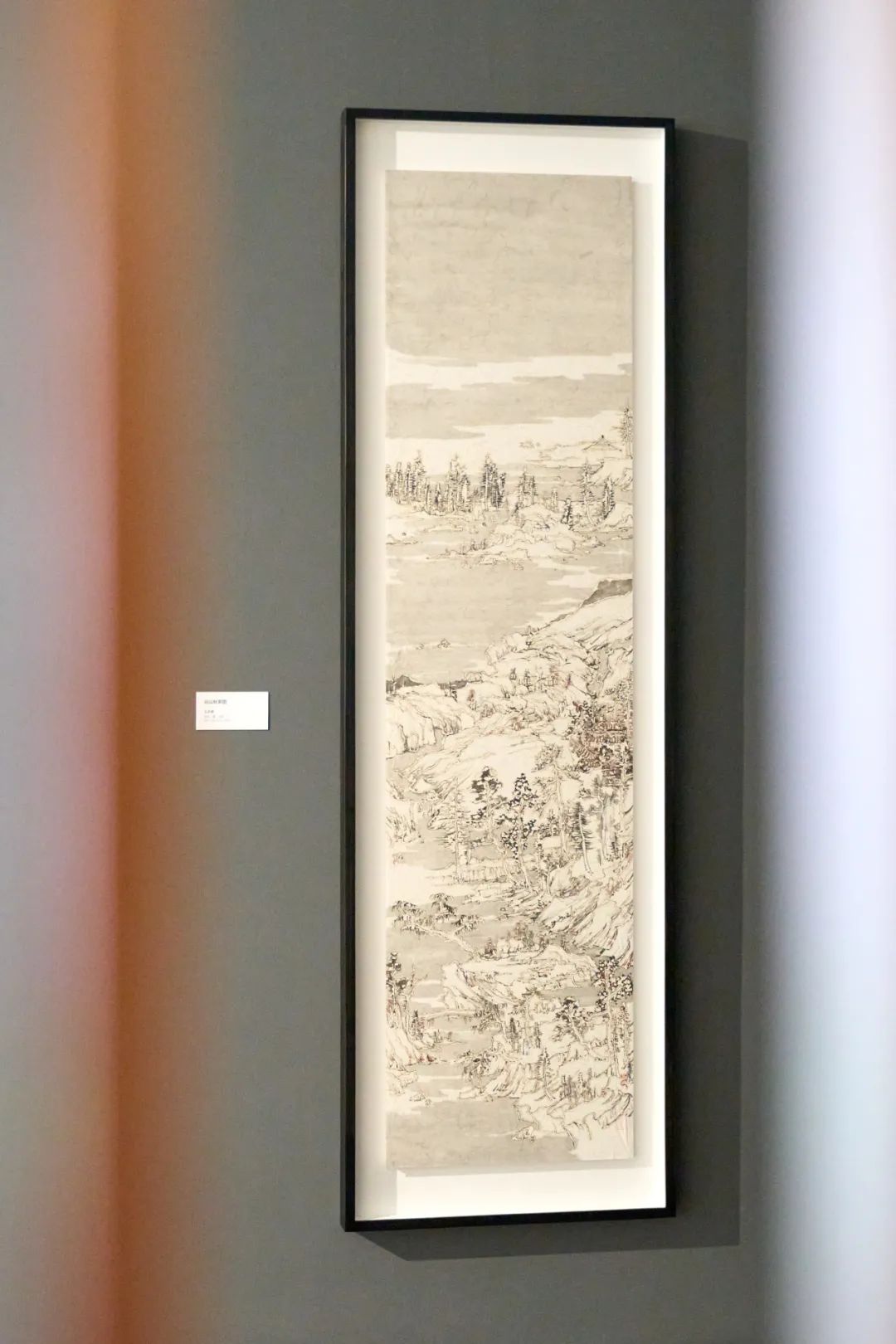
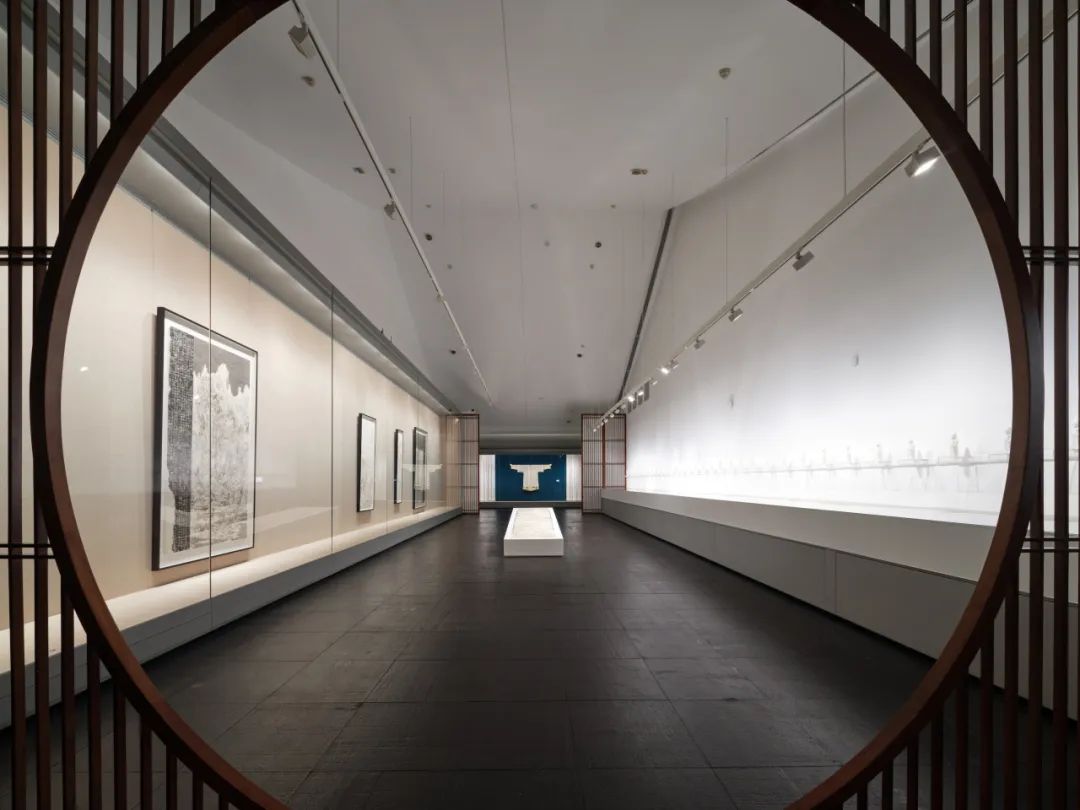
Exhibition View of "Thereafter: Wang Tiande Art Exhibition", 2024
Wang Tiande felt that it was full of challenges for him to hold an exhibition at his hometown. First of all, Xu Wei Art Museum provided the largest space for his solo exhibition; Secondly, Shaoxing is an ancient city with abundant culture and history, and it is permeated with historical context and traces left by ancient literati. How to combine contemporary art with classical culture and initiate something new is the focus of his concern in this exhibition. For Wang Tiande, this exhibition is not only for a recollection, but he also wants to show his cultural thinking and responsibility with his unique artistic expression, constituting a dialogue with Xu Wei’s art beyond time and space.
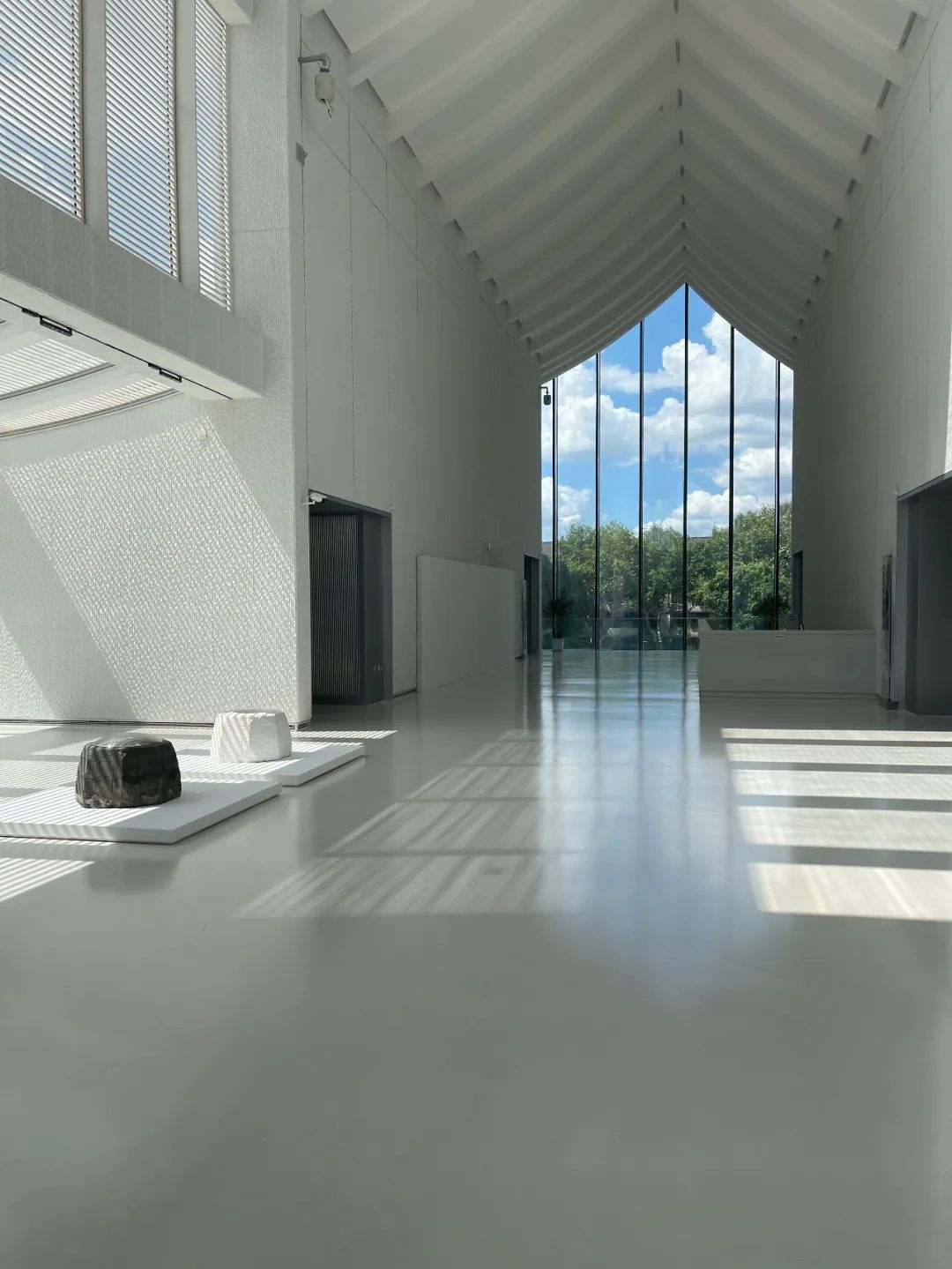
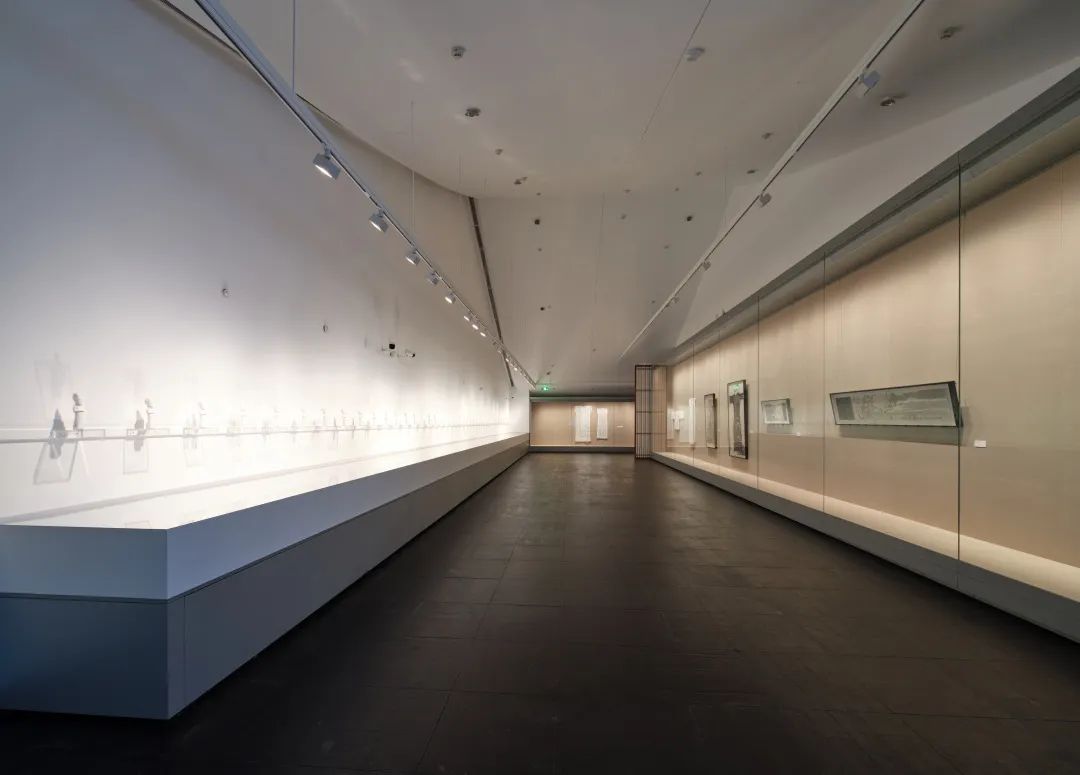
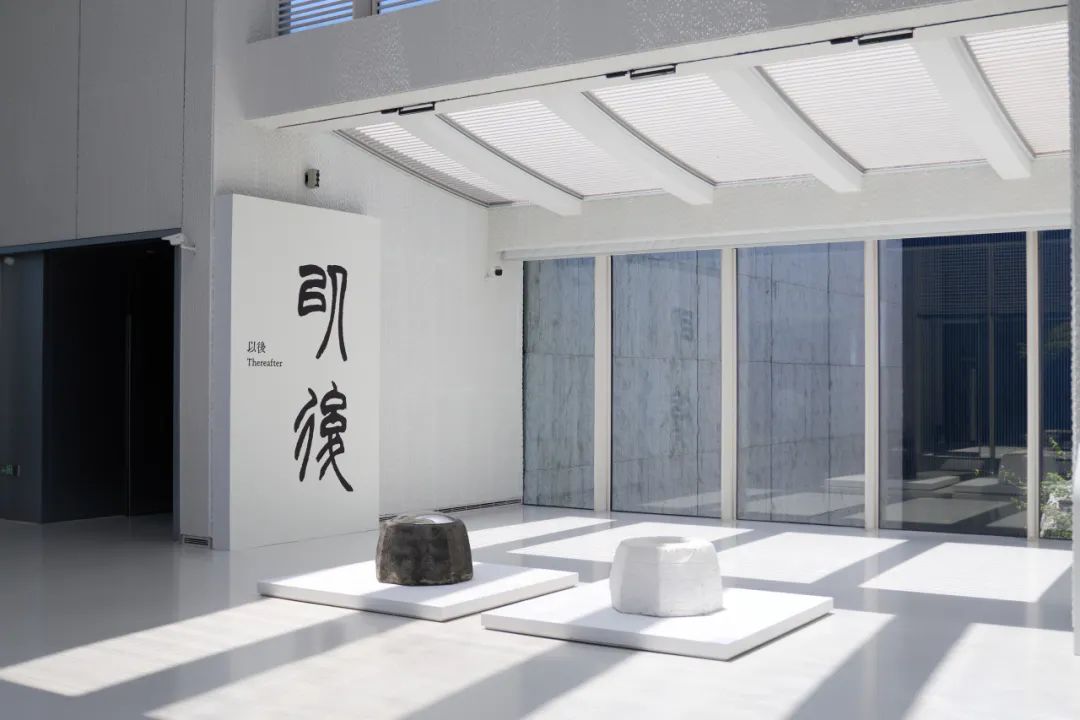
Exhibition View of "Thereafter: Wang Tiande Art Exhibition", 2024
The theme on “a dialogue between ancient and modern times” runs throughout this exhibition. Wang Tiande has created a number of new works related to Shaoxing’s ancient scenic spots and Xu Wei. Among them, as an introduction to the exhibition, two sets of works are displayed in the lobby themed on “Eyes of the Ancient City” and “Outline”, which respectively echo the two features of Shaoxing: water town and Huangjiu (previously translated as Chinese rice wine) culture. “Eyes of the Ancient City” is an installation of two ancient wells. One is an eight-sided well from the Northern Song Dynasty collected by the artist. It was engraved with Xu Wei’s poem “Looking at the green mountains from a distance,” and the cover is a stainless steel concave and convex mirror, thus visitors can peer inside while observing themselves. Another well is a plaster cast of the previous well, using the modern technique of plaster reproduction to complete the dialogue between ancient and modern times. “Outline” displays a set of large and small wine bottle installations. These wine bottles are also made from plaster molds. It’s rarely seen that colors appear in Wang Tiande’s creations. The colorful wine bottles scattered high and low are like the dancing notes of the urban symphony, with a young and fashionable atmosphere, conveying his new comprehension of traditional wine culture.
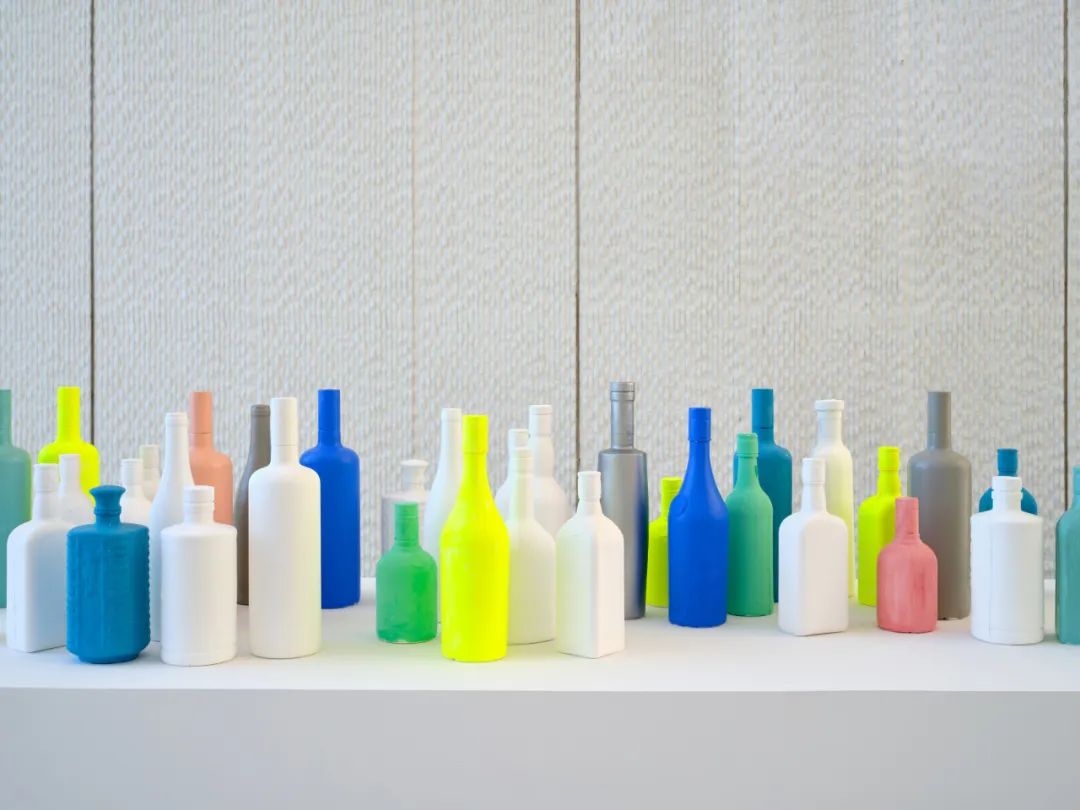
Exhibition View of "Thereafter: Wang Tiande Art Exhibition", 2024, "Outline", 2024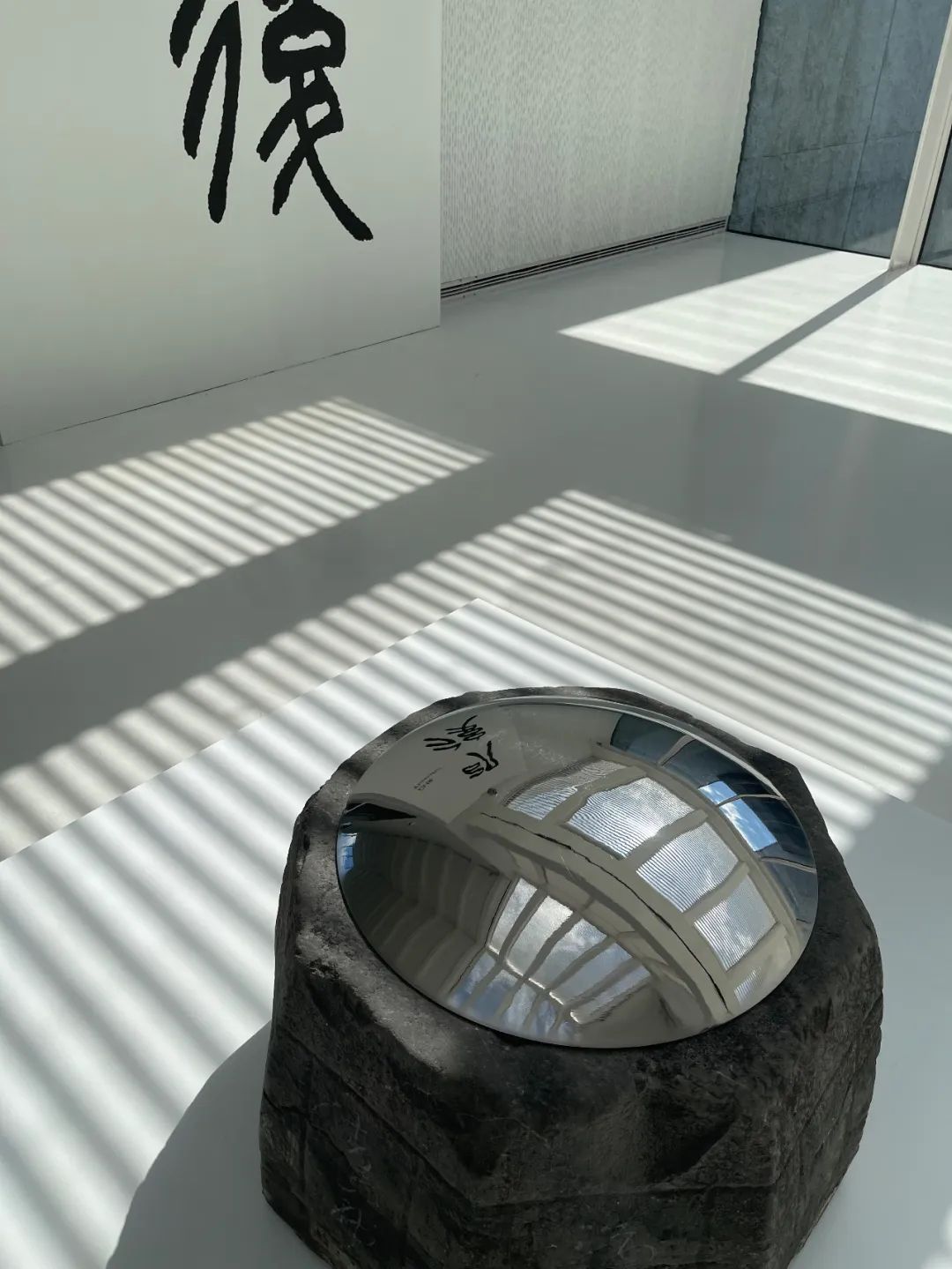 Wang Tiande, "Eyes of the Ancient City"
Wang Tiande, "Eyes of the Ancient City"
The themes of the first exhibition hall are “ A Dialogue with History” and “A Dialogue with Time”. The chapter of “A Dialogue with History” juxtaposes the artist’s art collections from different eras with his own works. They reflect each other and demonstrate the cultural heritage and innovation between historical relics and contemporary creations. “A Dialogue with Time” is the artist’s response to the locality. “Traces of Kuaiji Mountains” depicts the Kuaiji Mountains in Shaoxing with his unique way of “burning writing with a cigarette or incense stick.” With a traditional scroll paying tribute to the ancients’ appreciation of continuous time, “Eight Scenes of Tashan” depicts scenery at different periods in eight albums of painting.
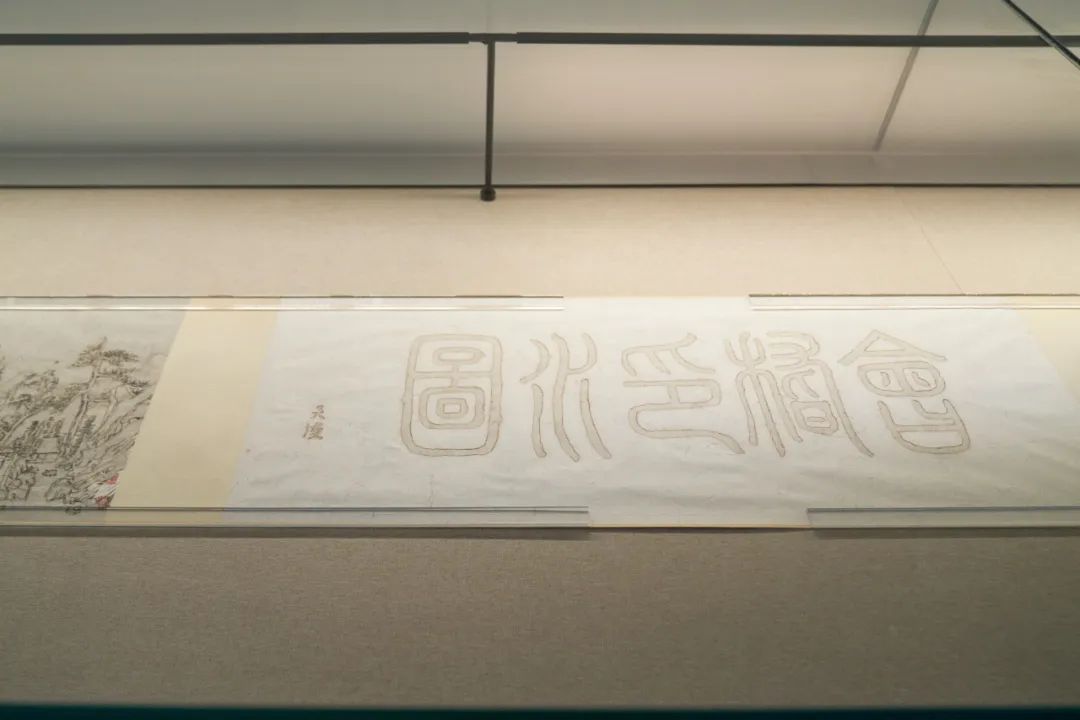
Exhibition View of "Thereafter: Wang Tiande Art Exhibition", 2024, "Traces of Kuaiji Mountains" (details),2024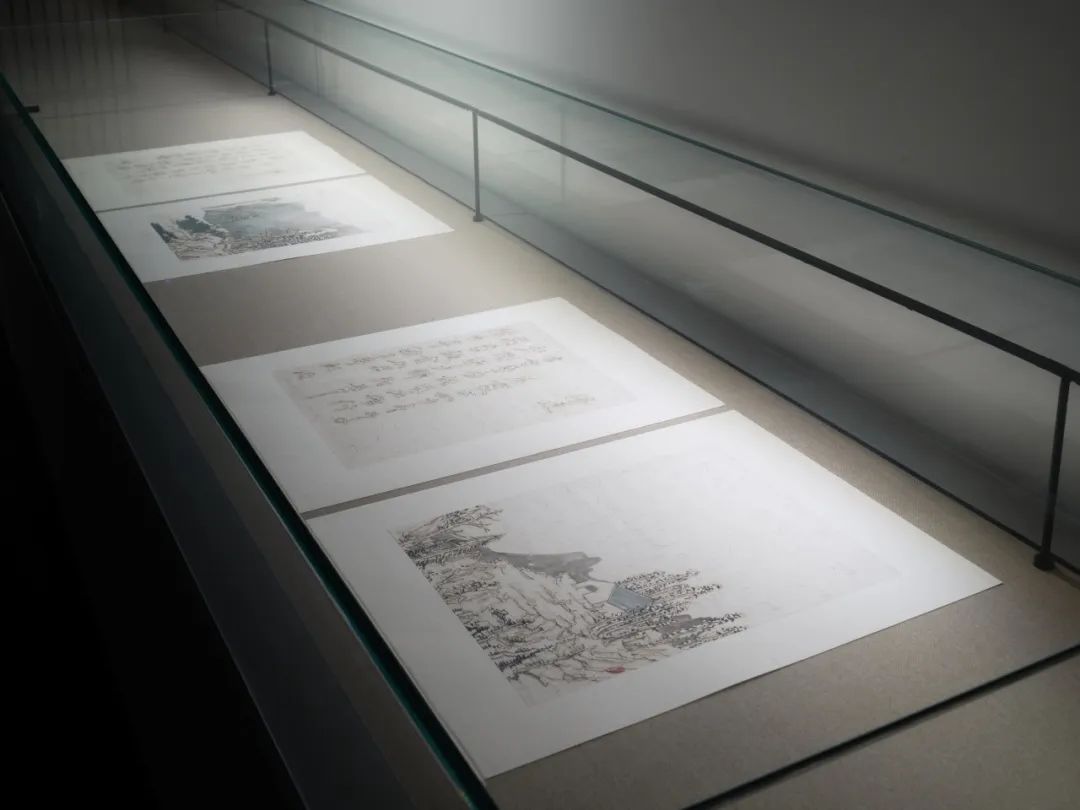 Exhibition View of "Thereafter: Wang Tiande Art Exhibition", 2024, "Eight Scenes of Tashan" (details),2024
Exhibition View of "Thereafter: Wang Tiande Art Exhibition", 2024, "Eight Scenes of Tashan" (details),2024
The theme of the second exhibition hall is “Migrating Time”, which shows the vitality of Wang’s artistic creation that continues to grow with the historical changes. The most eye-catching are the two sculptural installations “Forgetting” and “Sitting Alone” on the wall. The artist used modern technology to make plaster molds of the pottery figurines he collected, and retained time in his creations with a thinking of migration. Gypsum reproductions with multiple attributes contrast with the historical uniqueness of cultural relics, and the overflowing plaster traces left by the craftsmen in the repeated processes are the embodiment of uncertainty in historical changes, just like the humanistic emotions went up and down in the ages. There are also several new works that are new expressions of the previous series of “Chinese Clothing.” In “Memories of Bright Yellow,” Wang applies the imperial uniform of the Qing Dynasty with dragon patterns that he had obtained from an auction, with the outer layer of superimposed clothing that is made of silk with Xu Wei’s calligraphy engraved on it. The associations between ancient and modern, people and emperors, skills and Tao are blended at this moment, converging into a dramatic historical moment.
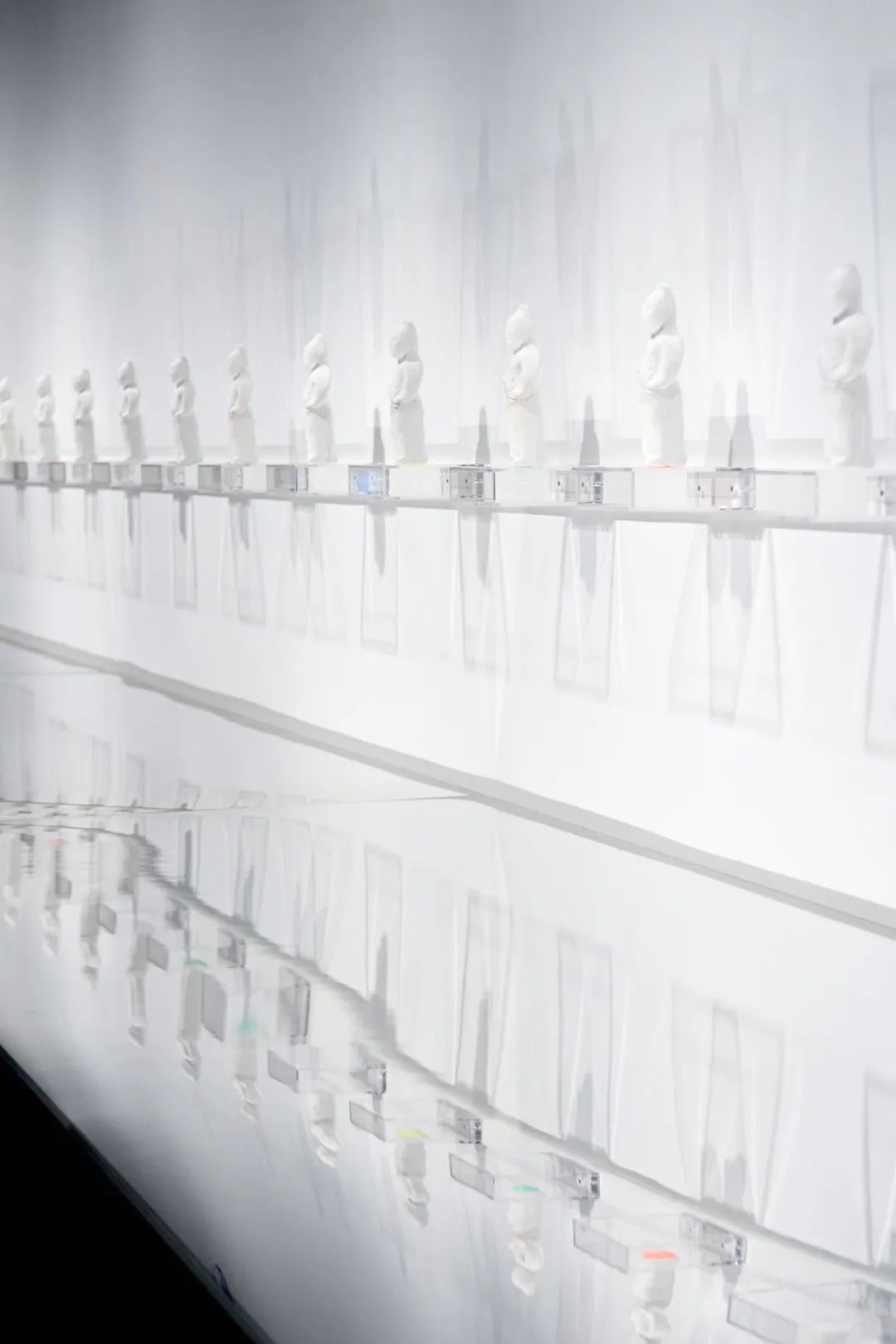
Exhibition View of "Thereafter: Wang Tiande Art Exhibition", 2024, "Forgetting" (details), 2024, “Forgetting” (details), 2024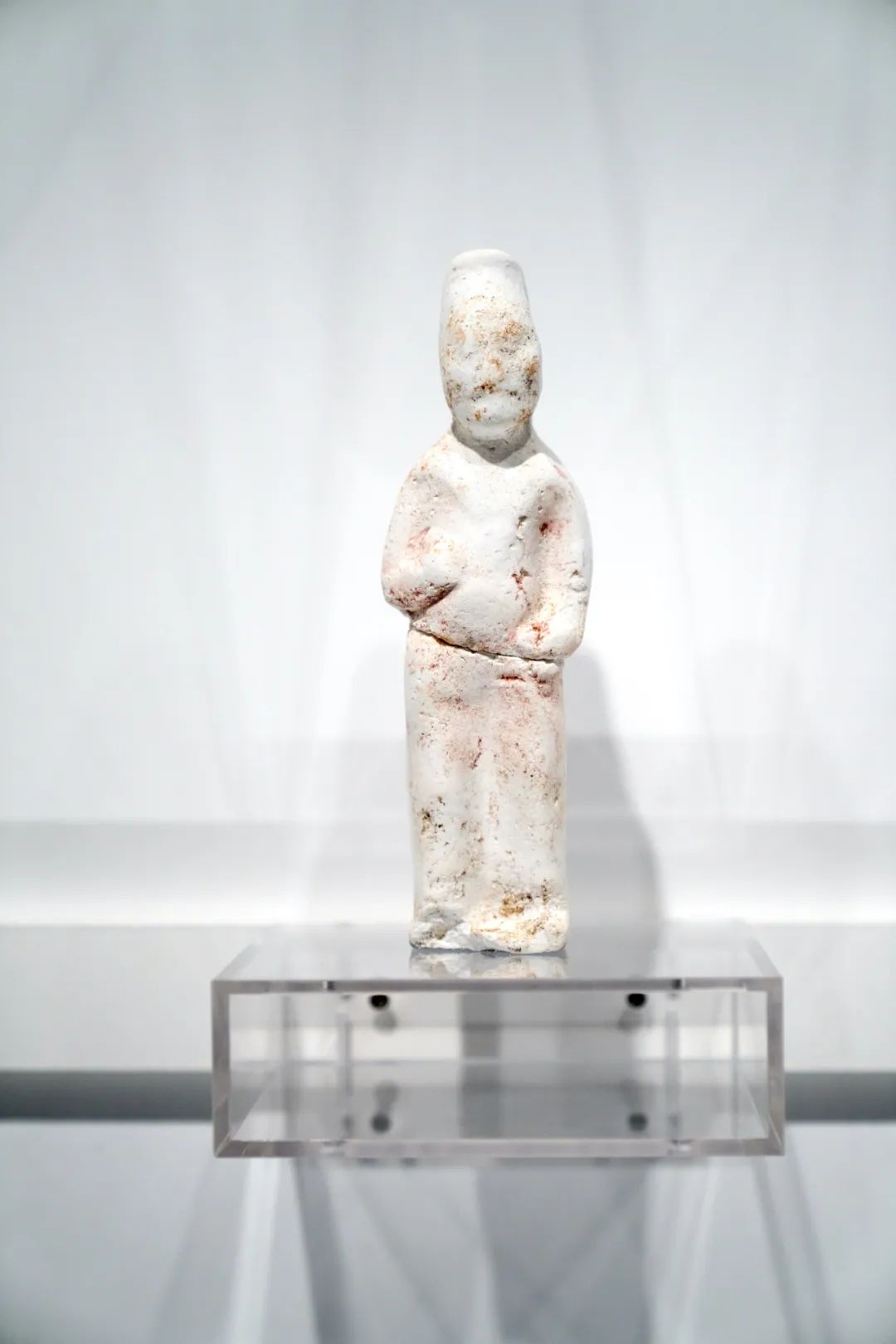 Exhibition View of "Thereafter: Wang Tiande Art Exhibition", 2024, “Forgetting”(details), 2024
Exhibition View of "Thereafter: Wang Tiande Art Exhibition", 2024, “Forgetting”(details), 2024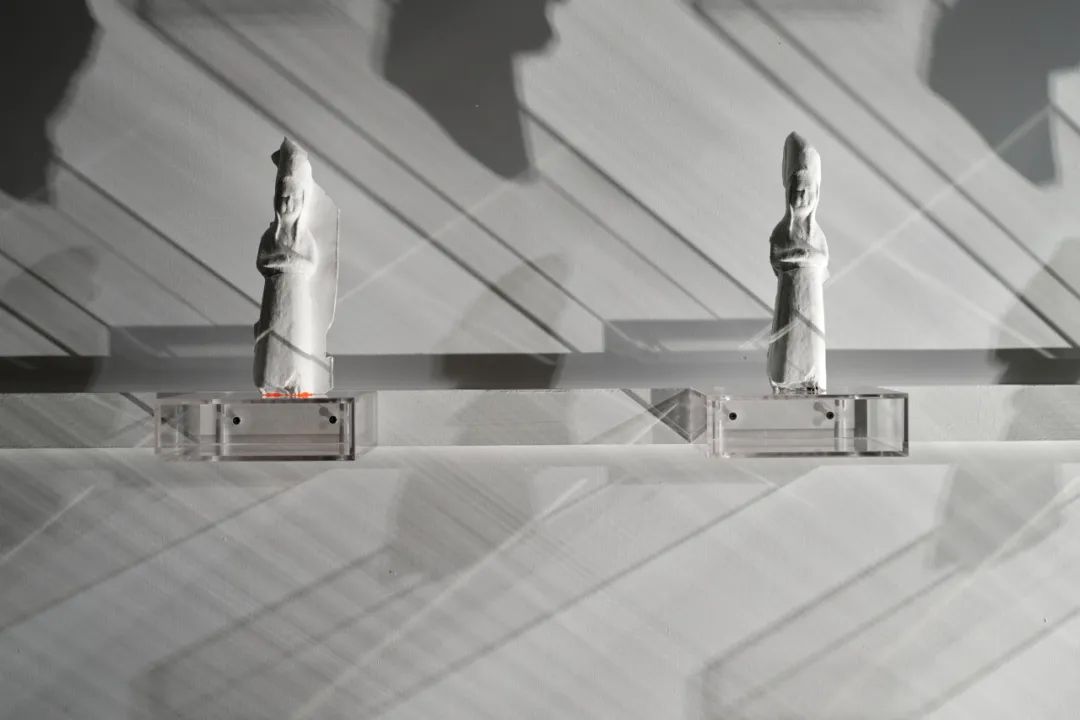 Exhibition View of "Thereafter: Wang Tiande Art Exhibition", 2024, “Sitting Alone”(details), 2024
Exhibition View of "Thereafter: Wang Tiande Art Exhibition", 2024, “Sitting Alone”(details), 2024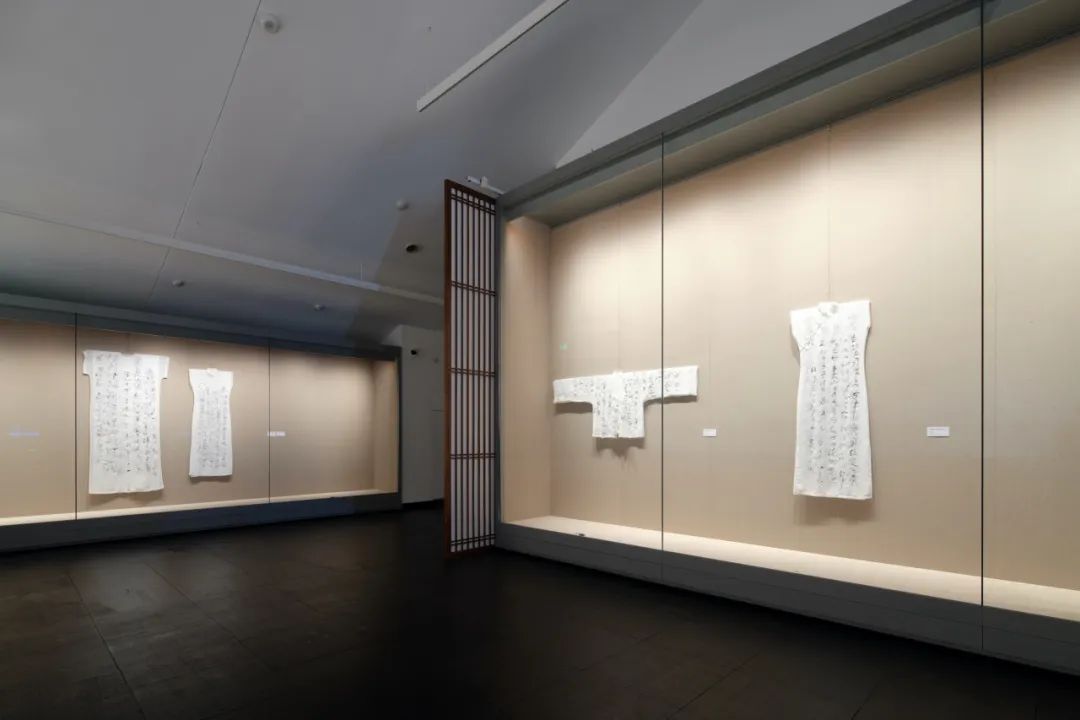 Exhibition View of "Thereafter: Wang Tiande Art Exhibition", 2024, “New Chinese Clothing”series, 2024
Exhibition View of "Thereafter: Wang Tiande Art Exhibition", 2024, “New Chinese Clothing”series, 2024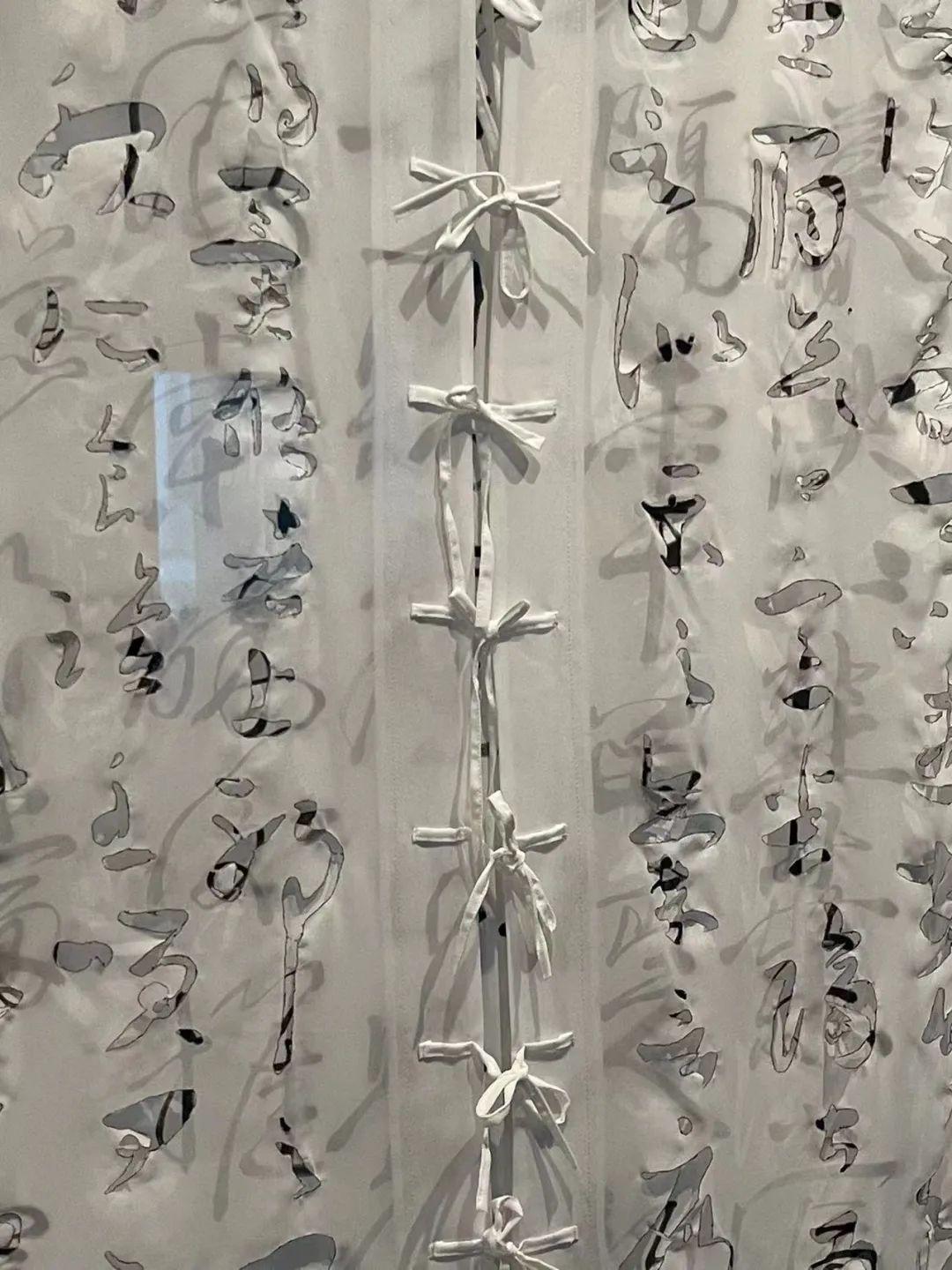 Exhibition View of "Thereafter: Wang Tiande Art Exhibition", 2024, “New Chinese Clothing”series (details), 2024
Exhibition View of "Thereafter: Wang Tiande Art Exhibition", 2024, “New Chinese Clothing”series (details), 2024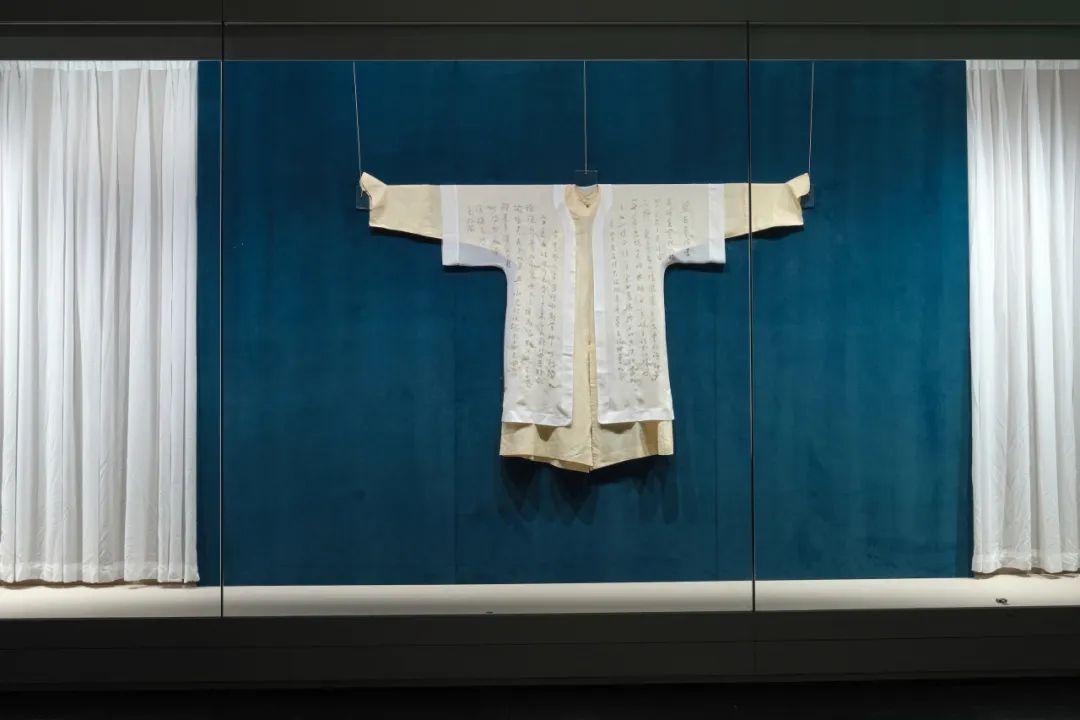 Exhibition View of "Thereafter: Wang Tiande Art Exhibition", 2024, “Memories of Bright Yellow”, 2024
Exhibition View of "Thereafter: Wang Tiande Art Exhibition", 2024, “Memories of Bright Yellow”, 2024
The theme of the third exhibition hall is “Remaining Ashes”, which extracts Wang Tiande’s unique creative methods and artistic opinions, including his thoughts on the dialectical relationship between “increase and subtraction” in artistic creation. The artist’s creative keywords and many philosophical thoughts are hidden in the loss and accumulation, ashes and rebirth. Most of artworks on paper are “added” something else, but Wang Tiande’s creations are subtracted many important parts by “burning” with a cigarette or incense stick. The edges left by the missing parts are not only aesthetically pleasing but they also highlight the outline of important parts. The artist repeatedly searches between positive and negative space, constantly exploring and innovating with a way that is different from the ancients who cherished ink as gold. This exhibition hall also displays several pieces of Wang Tiande’s conceptual photography. One of the important works is “Solitary Mountain” created in 2007. The “remaining ashes” burned from Xiling Seal Society copybooks are piled up to form the landscape in his mind and he photographed from it. This is one of his works that he satisfied with since “Ink Menu”. It expresses his understanding of ink and his pursuit of traditional landscape aesthetics, and is also an interpretation of the virtual reality of contemporary society.
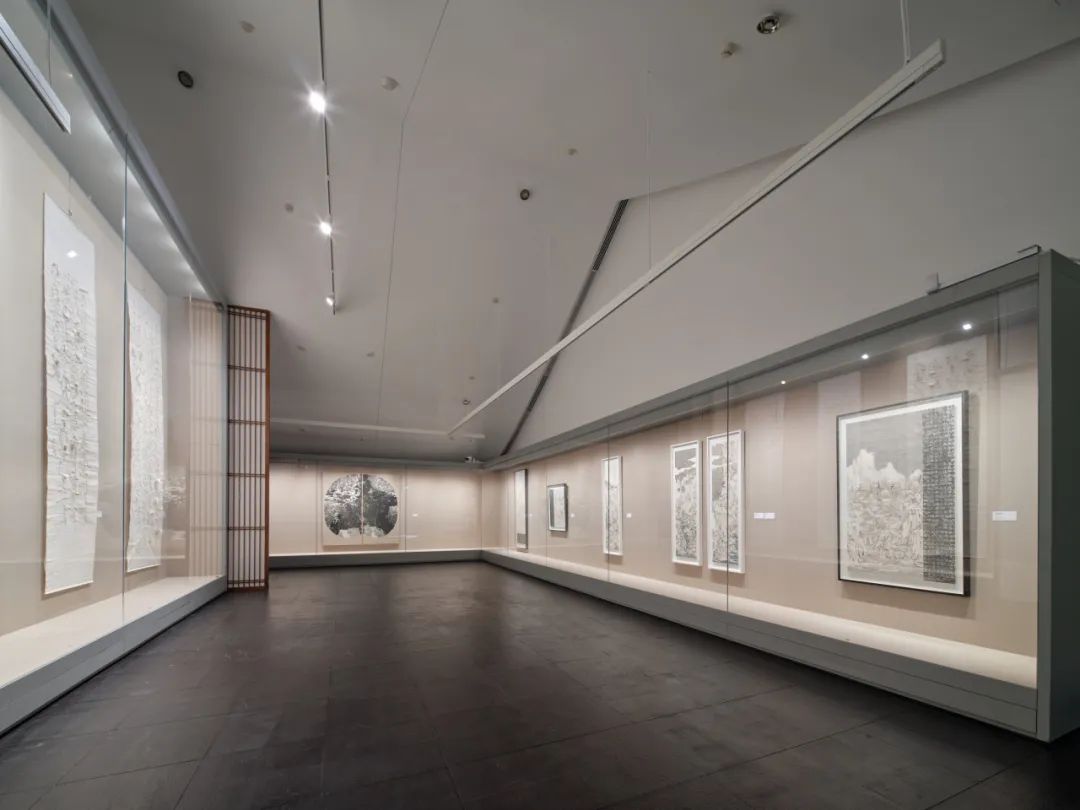
Exhibition View of "Thereafter: Wang Tiande Art Exhibition", 2024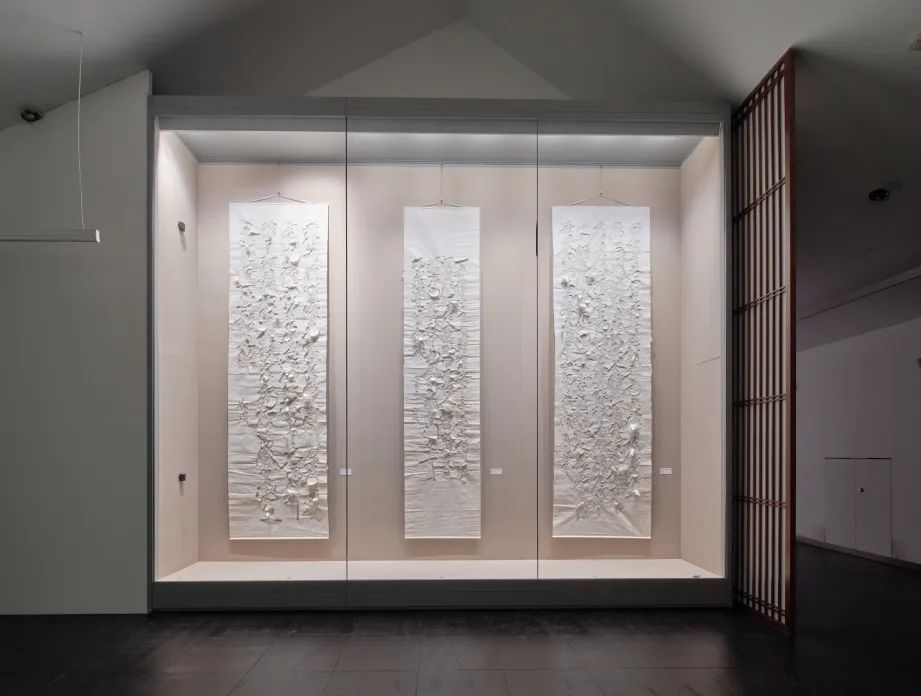 Exhibition View of "Thereafter: Wang Tiande Art Exhibition", 2024, , “Remaining Ashes”, 2024
Exhibition View of "Thereafter: Wang Tiande Art Exhibition", 2024, , “Remaining Ashes”, 2024
Wang Tiande, “Solitary Mountain 4”, Digital photo, rice paper, leather paper, stone tablets, flames, 2007
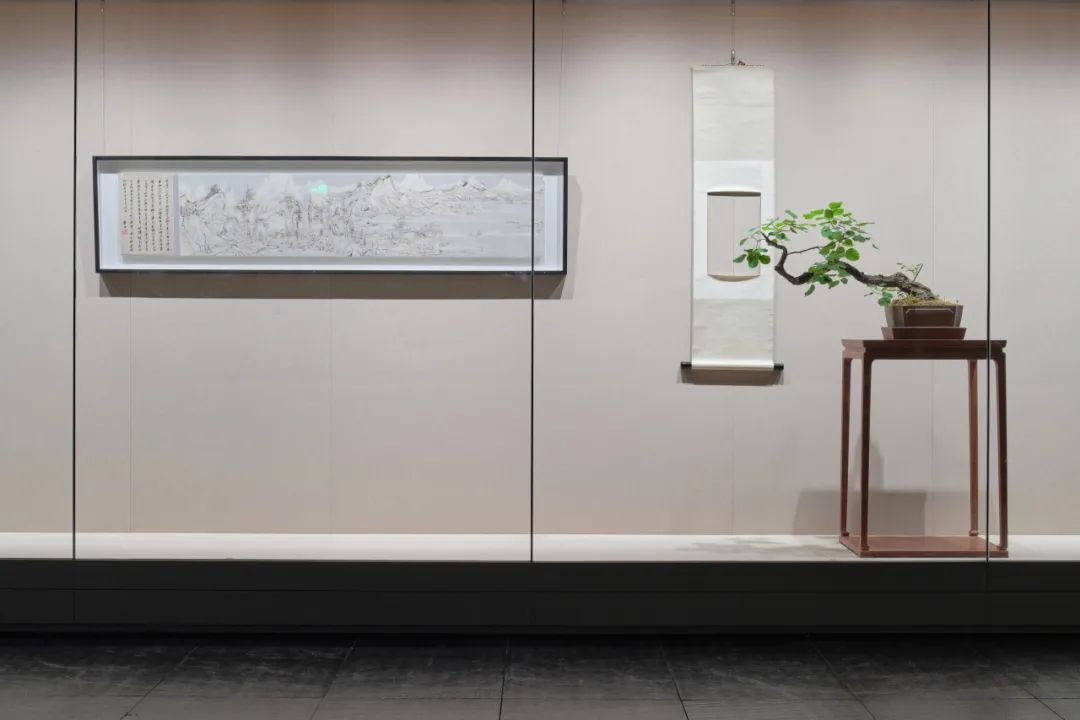
Exhibition View of "Thereafter: Wang Tiande Art Exhibition", 2024
The longest and most emotional part of the entire exhibition is the chapter “Dialogue with Myself” in the fourth exhibition hall. Wang Tiande reinterprets “Ink Menu” that he produced thirty years ago. It is not a review, nor is it nostalgia, but more like a “self-renewal.” The differences between “Ink Menu 2024” and the 1996 edition can be interpreted at two levels.
From the perspective of epochal context and the genealogy of artistic discourse, the artistic context of the 1990s faced a more complex situation. With the transformation of the national economy and the gradual intervention of international art capital, the basic pattern of Chinese ink painting since the 1990s has presented a hybrid form, which is the only way for Chinese society to move toward modernity. Although there are endless concepts about ink painting, the two most important questions are still its relationship with the West and tradition. Therefore, discourses such as the East and the West, tradition and modernity, center and other are dense. For example, Huang Zhuan once pointed out that the main problem confronted by Chinese painting in the 1990s was how to transcend “ontology” (taking Chinese painting as a self-sufficient meaning and language system) and “media theory” (taking Chinese painting as a medium in the history of Western contemporary art forms) and other binary opposition thinking modes.1 He believes that Wang Tiande’s “Ink Menu” is a meaningful experiment for ink art to break away from the constraints of media theory and formal thinking and enter the conceptual level in a local way.
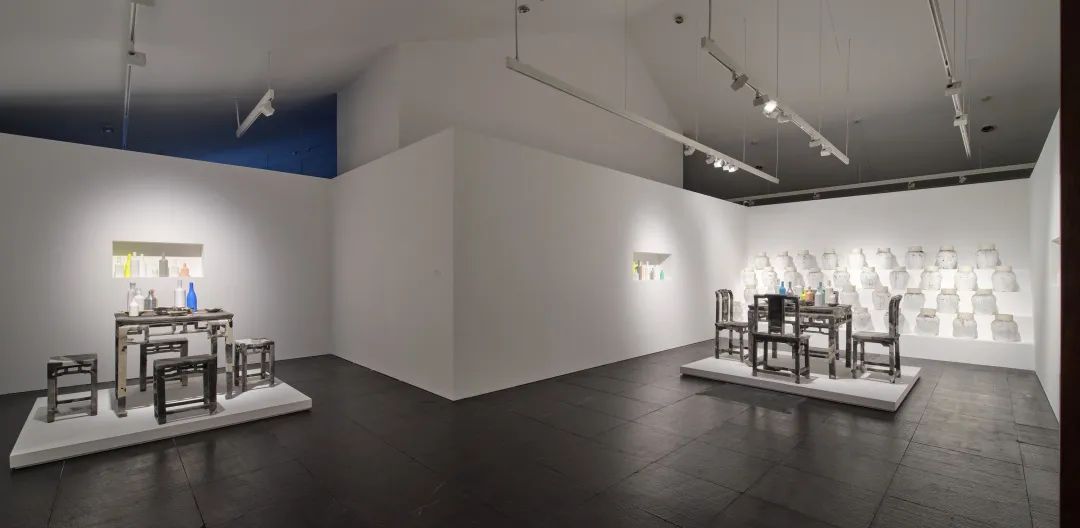
Exhibition View of "Thereafter: Wang Tiande Art Exhibition", the overview of "Dialogue with Myself", 2024
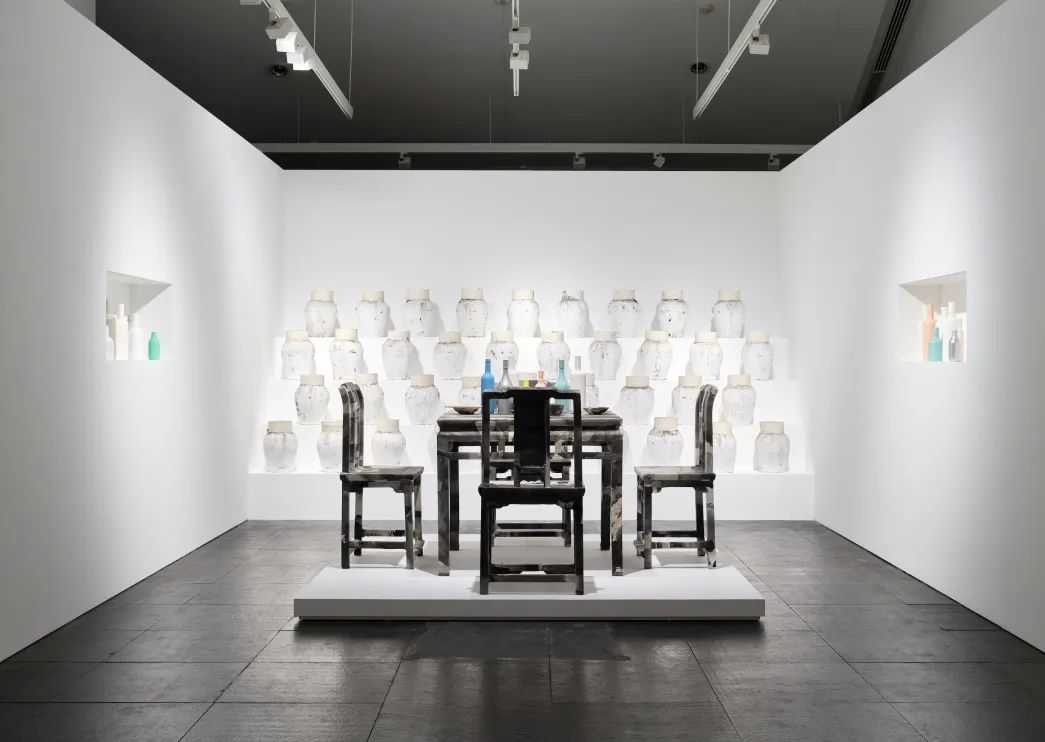
Exhibition View of "Thereafter: Wang Tiande Art Exhibition", “Ink Menu” (2024) Version A, 2024
Li Xiaoshan, who proposed that “Chinese painting has reached the end of its road” during the ‘85 Five-Year Plan period, made a conclusion in 2020. He believed that the current situation of ink painting is a “closed loop that gradually formed,” “After thirty or forty years, from anxiety, temptation to stability, the field of ink painting has gradually formed an obvious closed loop: compared with tradition, it is contemporary; compared with the West, it is local. In such a closed loop, everything is self-circulating, self-justified and self-positioning.”2 Today, thirty years later, with the surge of technology that has almost rewritten the future of mankind, the way that the entire society was organized has undergone fundamental changes. The development of technologies such as the Internet, artificial intelligence, and genetic engineering not only isolates people from the real world into virtual space, but also changes the way that society operates. Therefore, the problematic vision and discourse methods of artistic creation will inevitably change accordingly.
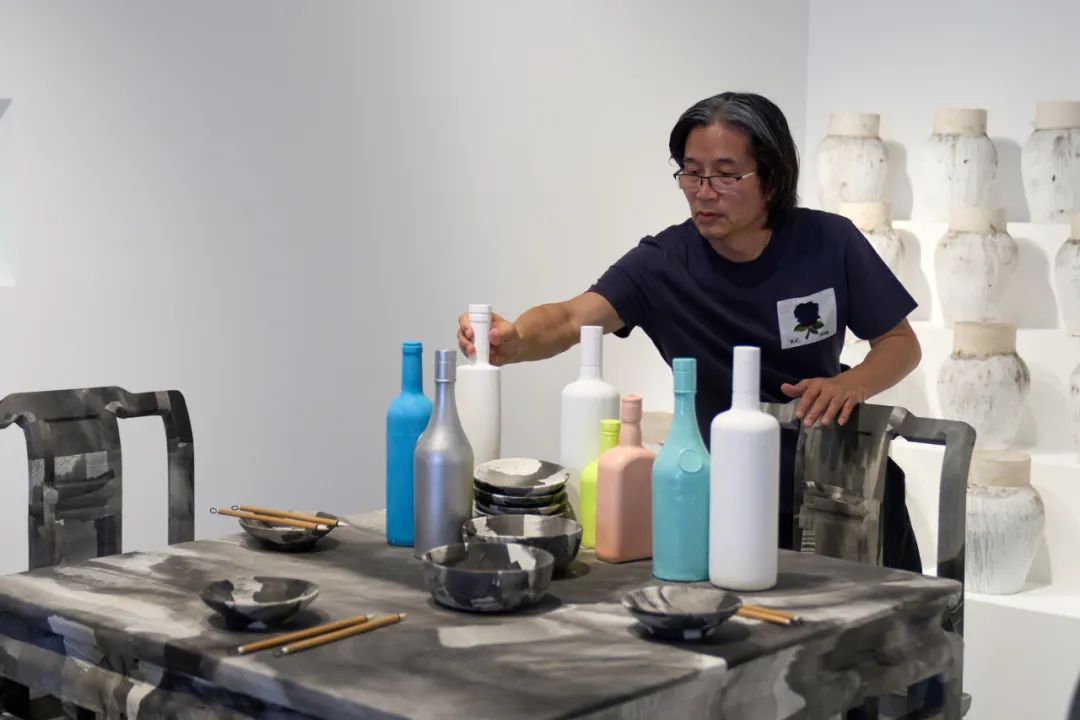
Wang Tiande and “Ink Menu” (2024)
From the perspective of the subjective psychology and formal connotation of creation, Chinese art in the 1990s still has the remnants of the intellectual cultural trends of the 1980s. As a creation with a Western contextual color, the artist first plays the role of a researcher, studying Western modern art, reflecting on mainstream art, and attempting to break the myths shrouded in it. His process of making works always carries a destructive and confrontational attitude, thus forming a strong critical nature. The “Ink Menu” (1996) is full of metaphors for culture and power. The ink paintings wrap up the common Chinese dining tables, dining chairs, and tableware. The chopsticks are replaced by writing tools such as brushes. The menu is a book transformed from an ancient poetry collection, with Chinese standard cinnabar imperial script to translate parts of the poem into “recipes.” The “Ink Menu” (2024) seems to be “softer,” there can even be a bunch of colorful wine bottles jumping like musical notes on the table. Together with the rows of old wine jars beside the table, it creates an interesting picture of the harmonious coexistence of ancient and modern times. Wang Tiande’s creative state after 2020 generally shows a changing tendency. He is more willing to return to caring about people and the relationship between people and life: he cares about daily life, soul, family and friends, rather than grand themes. Thirty years later, the “Ink Menu” brings more life experiences, less serious and hard narratives, more relaxed and daily discourse, and various “heavy” issues become “light” as a result.
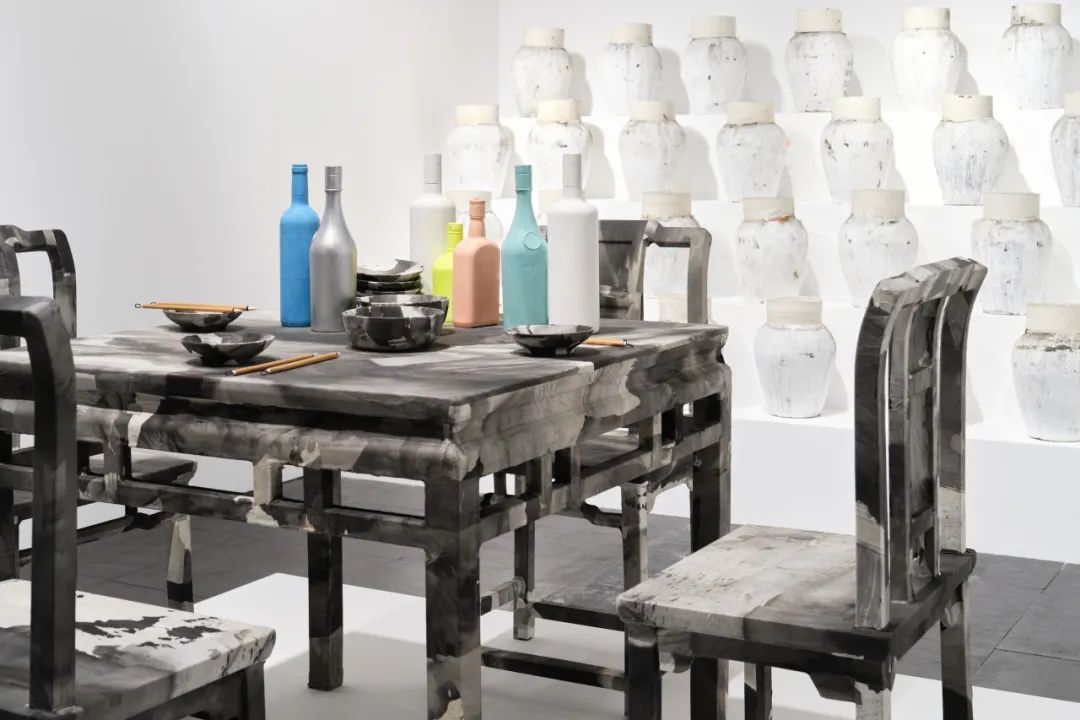
Exhibition View of "Thereafter: Wang Tiande Art Exhibition", “Ink Menu” (2024) Version A
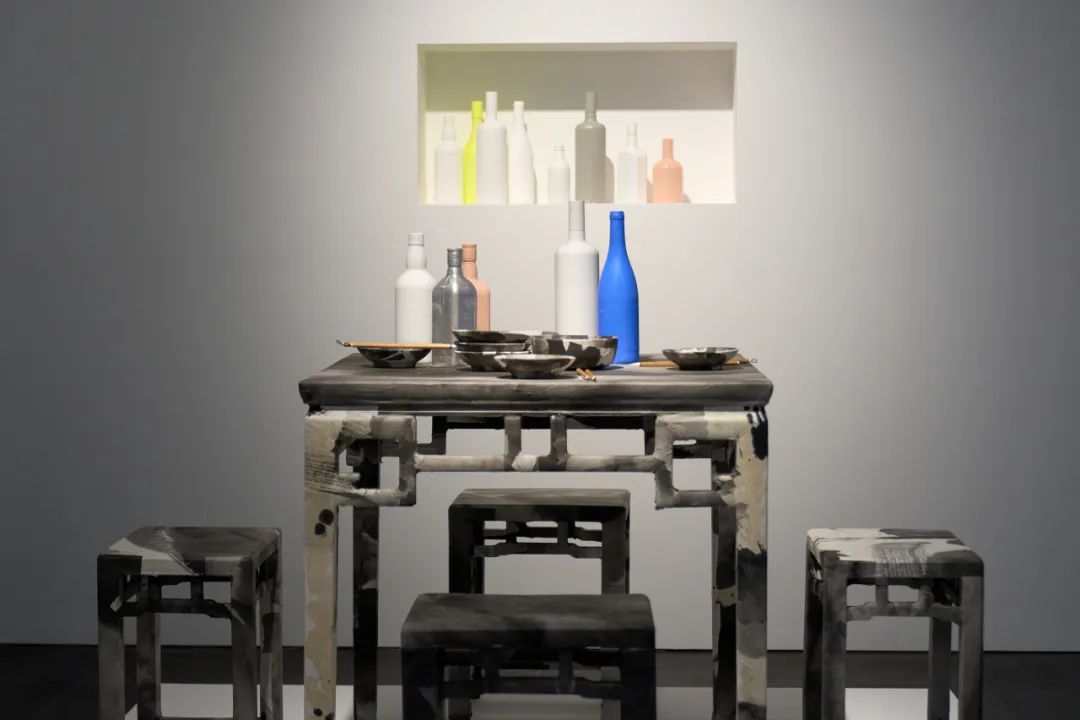
Exhibition View of "Thereafter: Wang Tiande Art Exhibition", “Ink Menu” (2024) Version B
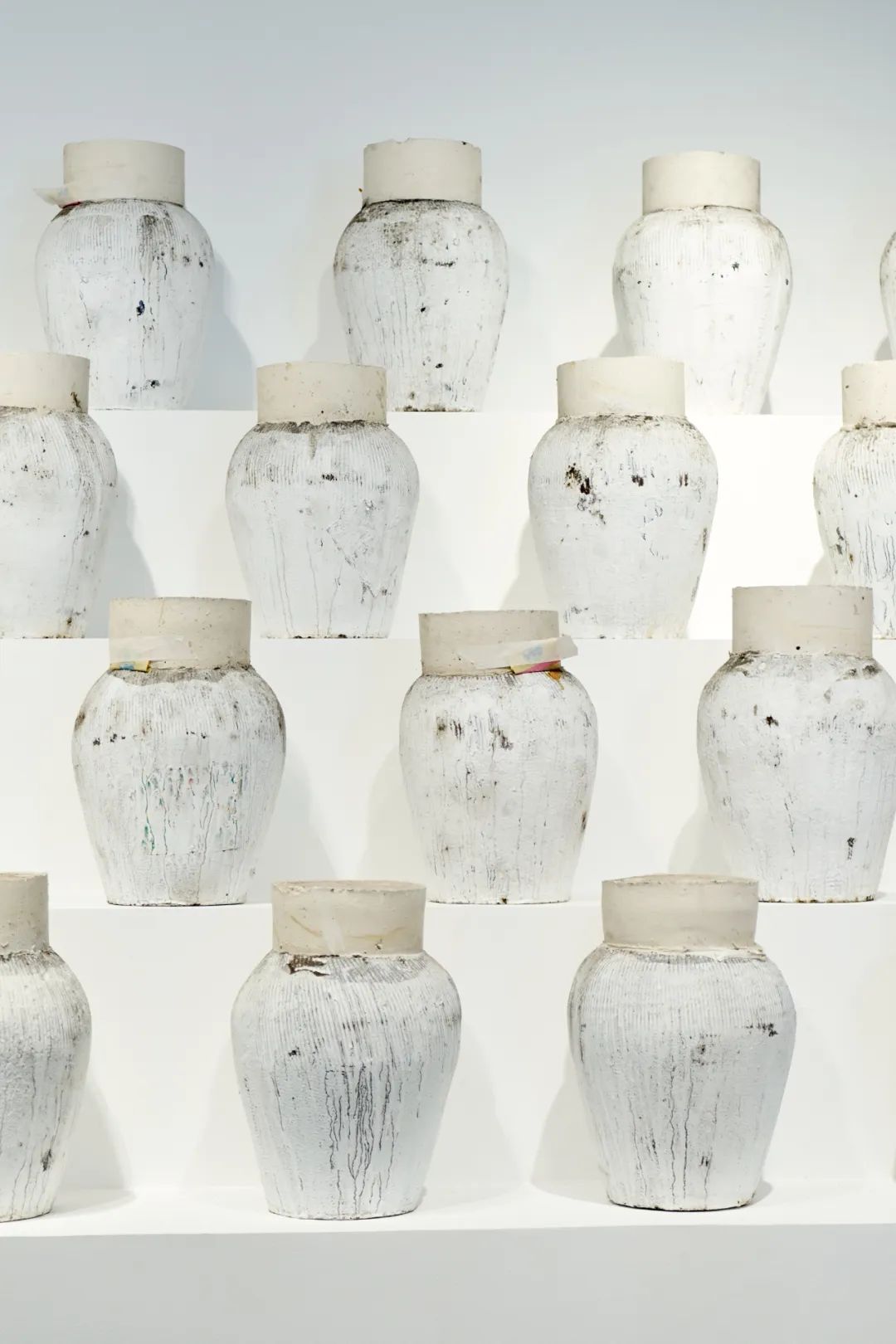
Exhibition View of "Thereafter: Wang Tiande Art Exhibition", “Ink Menu” (2024) Version A (details)
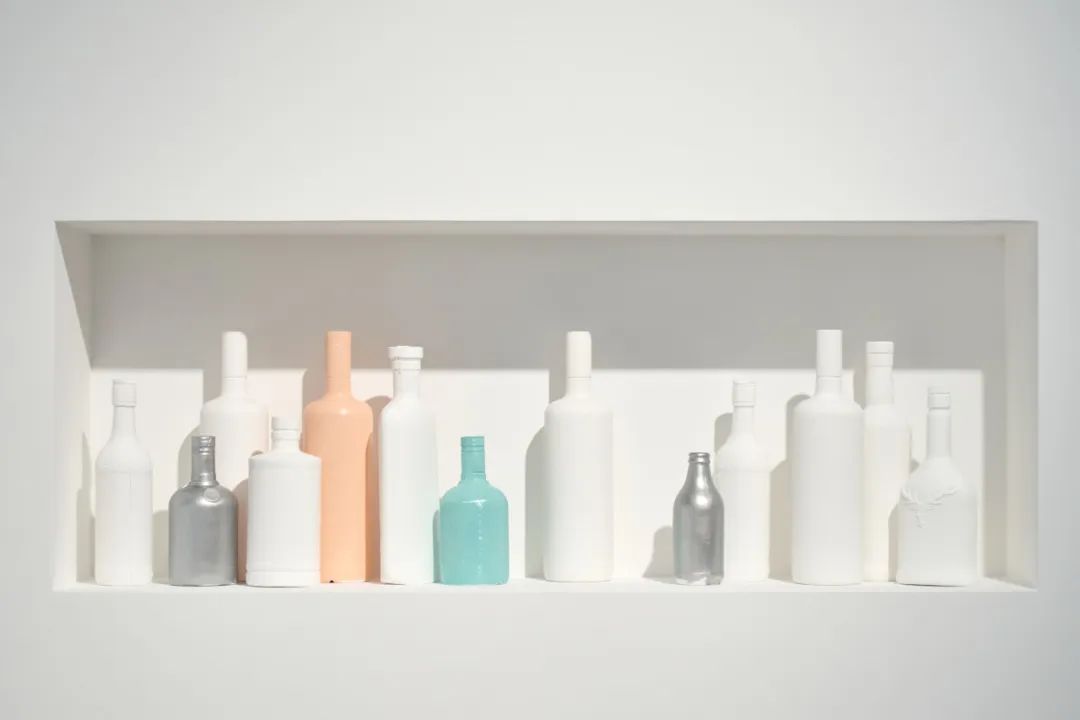
Exhibition View of "Thereafter: Wang Tiande Art Exhibition", “Ink Menu” (2024) Version B (details)
“Dialogue with Myself” is the final chapter of the entire exhibition, which responses well to the exhibition title “Thereafter.” What will the future tradition and ink painting look like? At the very least, we can shake off some of the “shackles” that our predecessors have carried. The two versions of the work “Ink Menu” are just two microcosms of the development of Chinese ink over the past thirty years, reflecting the changes in artistic concepts, contexts and discourses in different eras. It is not only a concern between the artist and ego, but also a review of the history of Chinese ink painting. When the “Ink Menu” (2024) is reviewed here, it feels like that “the boat has passed the ten thousand mountains.”
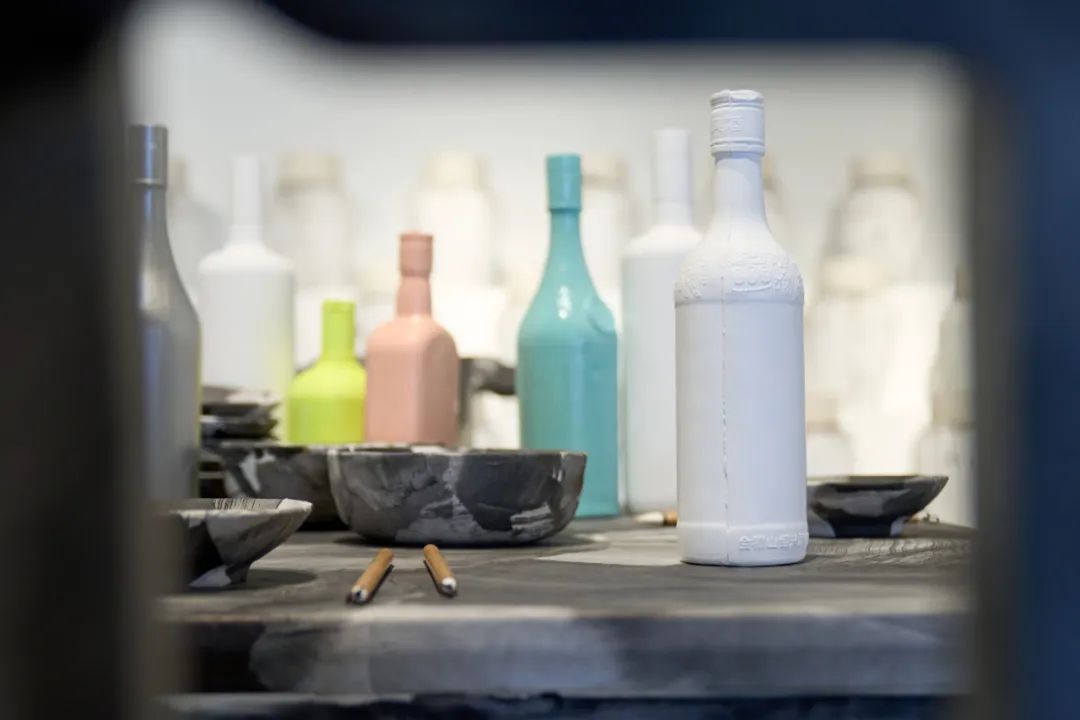
Exhibition View of "Thereafter: Wang Tiande Art Exhibition", 2024, “Ink Menu” (2024) Version A (details)
Text (CN) by Zhu Li, edited (EN) by Sue/CAFA ART INFO.
Image Courtesy of the Artist and Xu Wei Art Museum.
Notes:
1. Huang Zhuan, “Wang Tiande’s ‘Ink Menu’: Conceptual Ink and Its Cultural Possibilities”, Jiangsu Pictorial, No. 10, 1996
2. Preface to the exhibition “THE FILE: A Closed Loop of the Gradual Formation, 2020 A Special Exhibition for the Fifth Anniversary of Annual Review of China Contemporary Ink” by Li Xiaoshan, Art Museum of Nanjing University of the Arts.
About the Exhibition
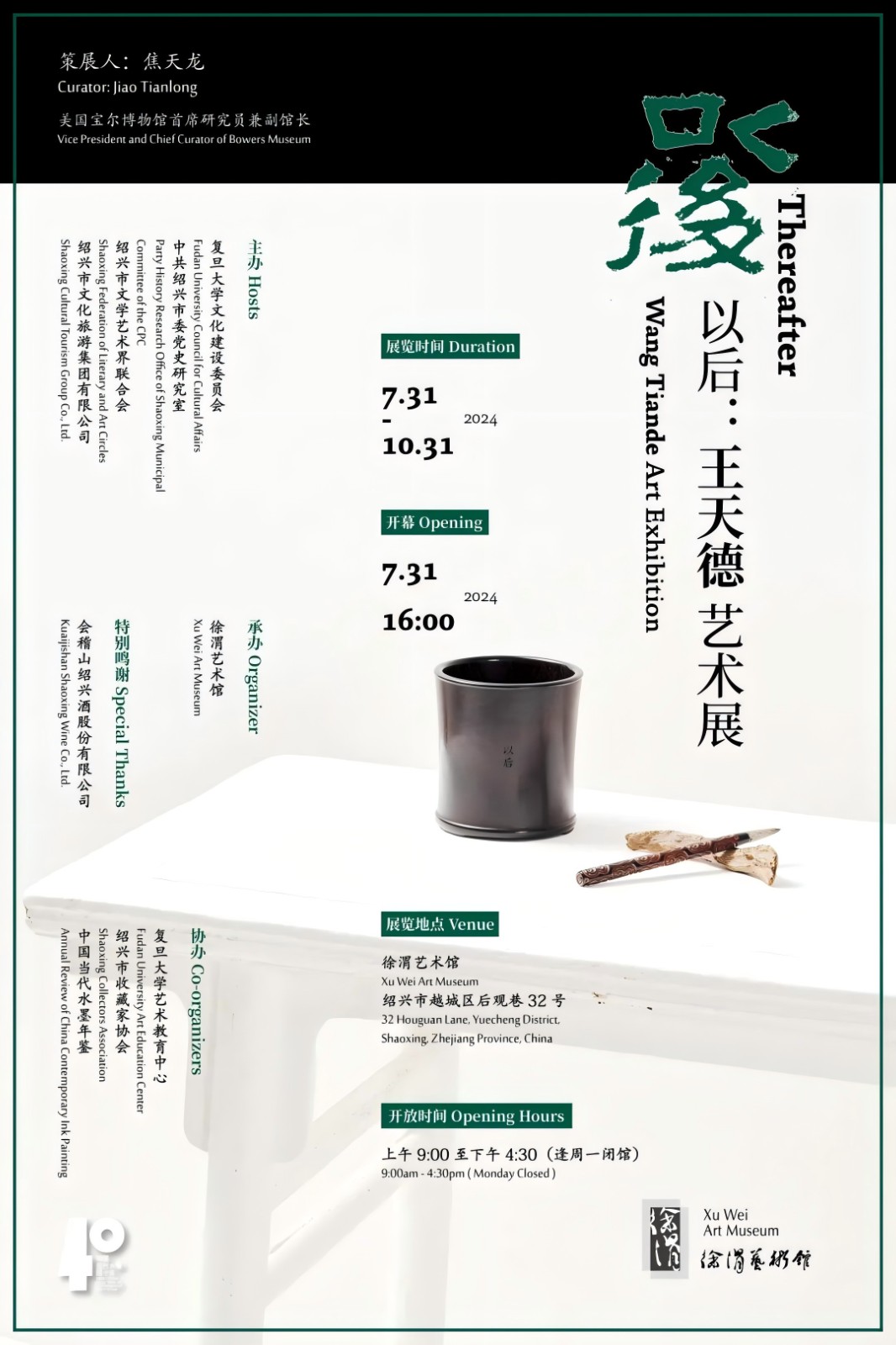
Curator: Jiao Tianlong
Dates: July 31 – October 31, 2024
Venue: Xu Wei Art Museum


